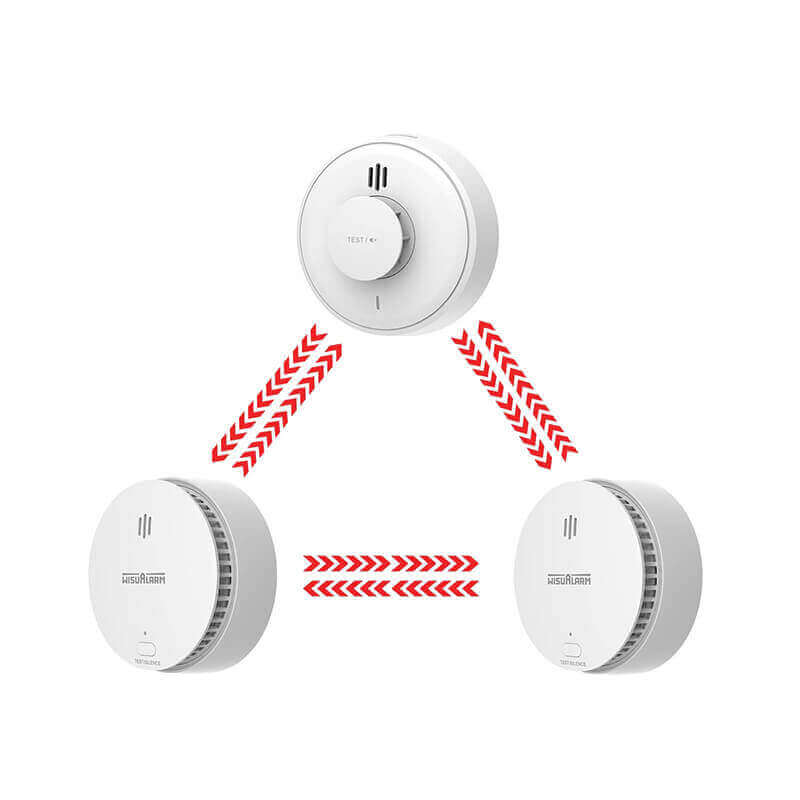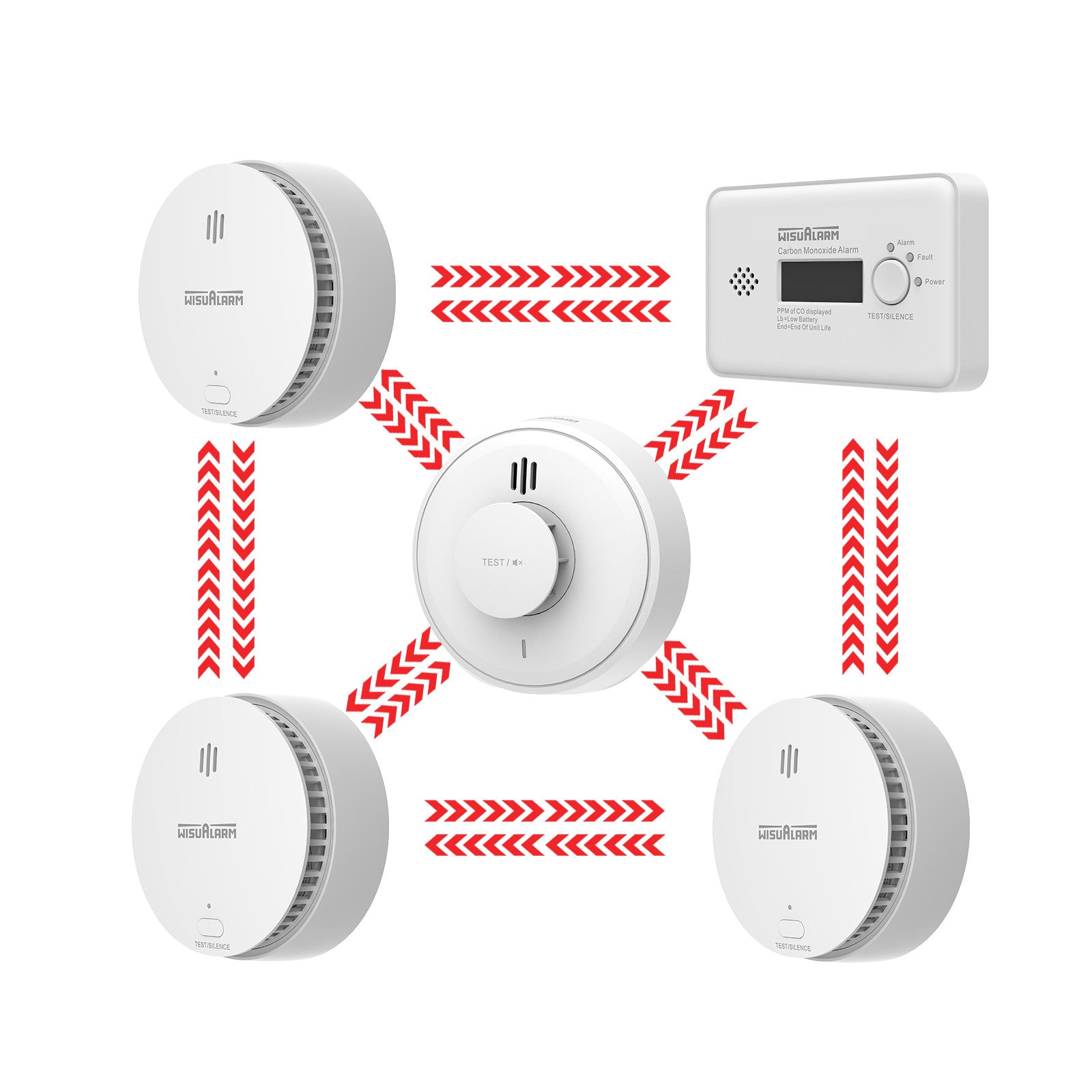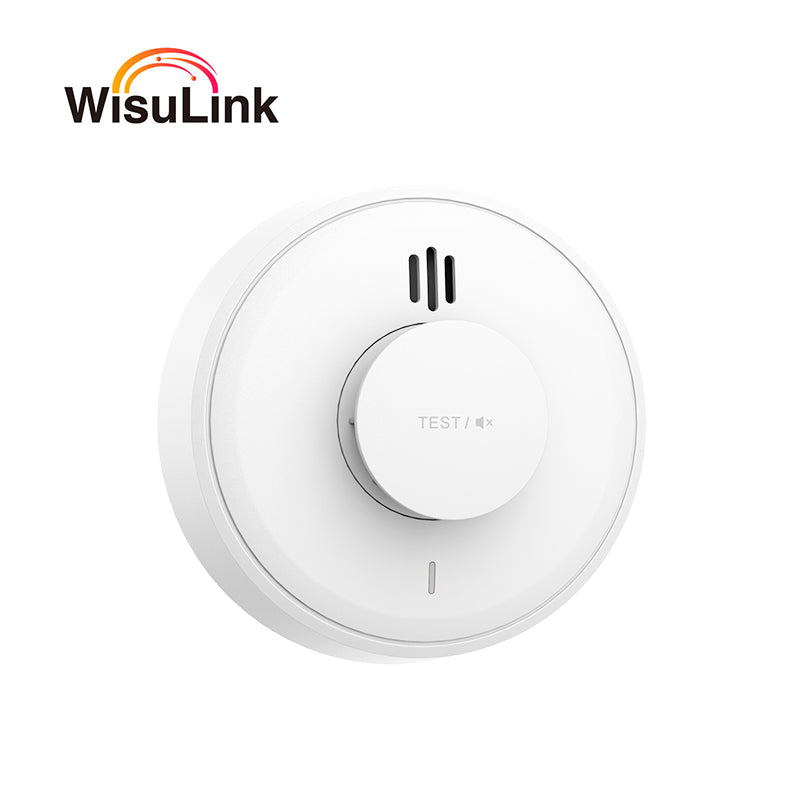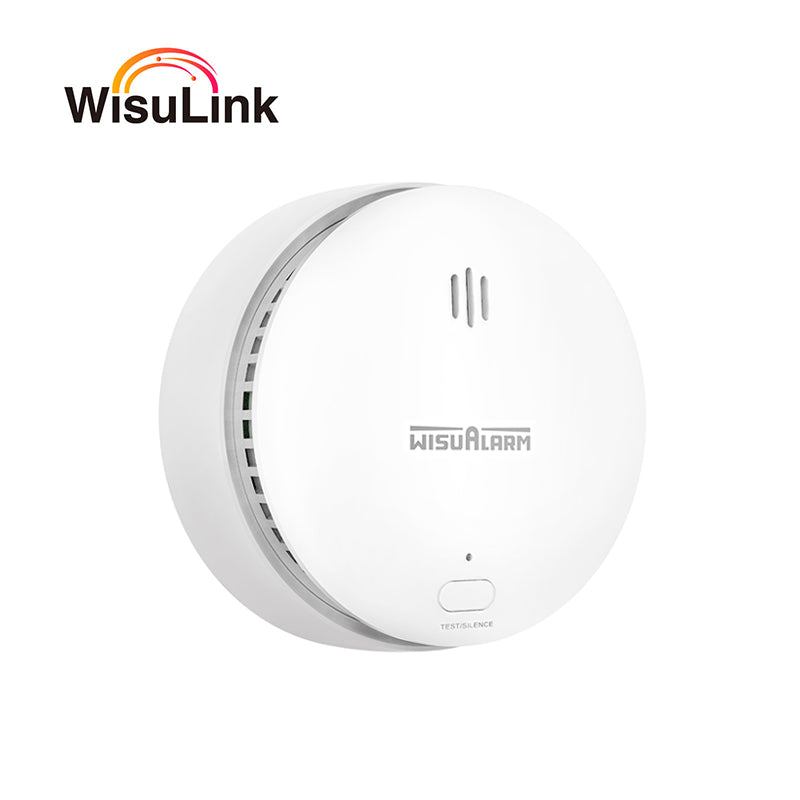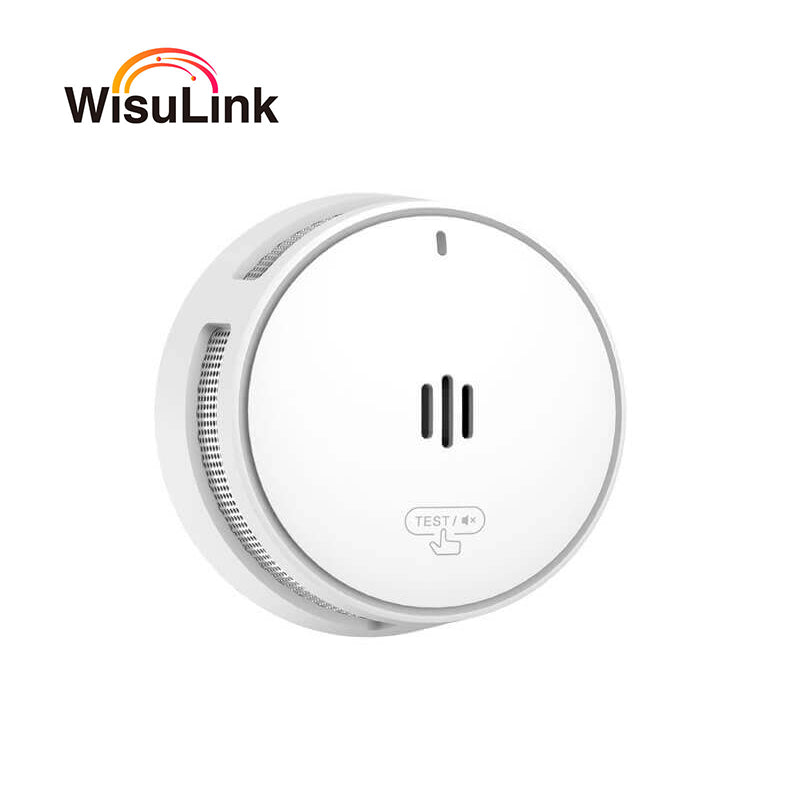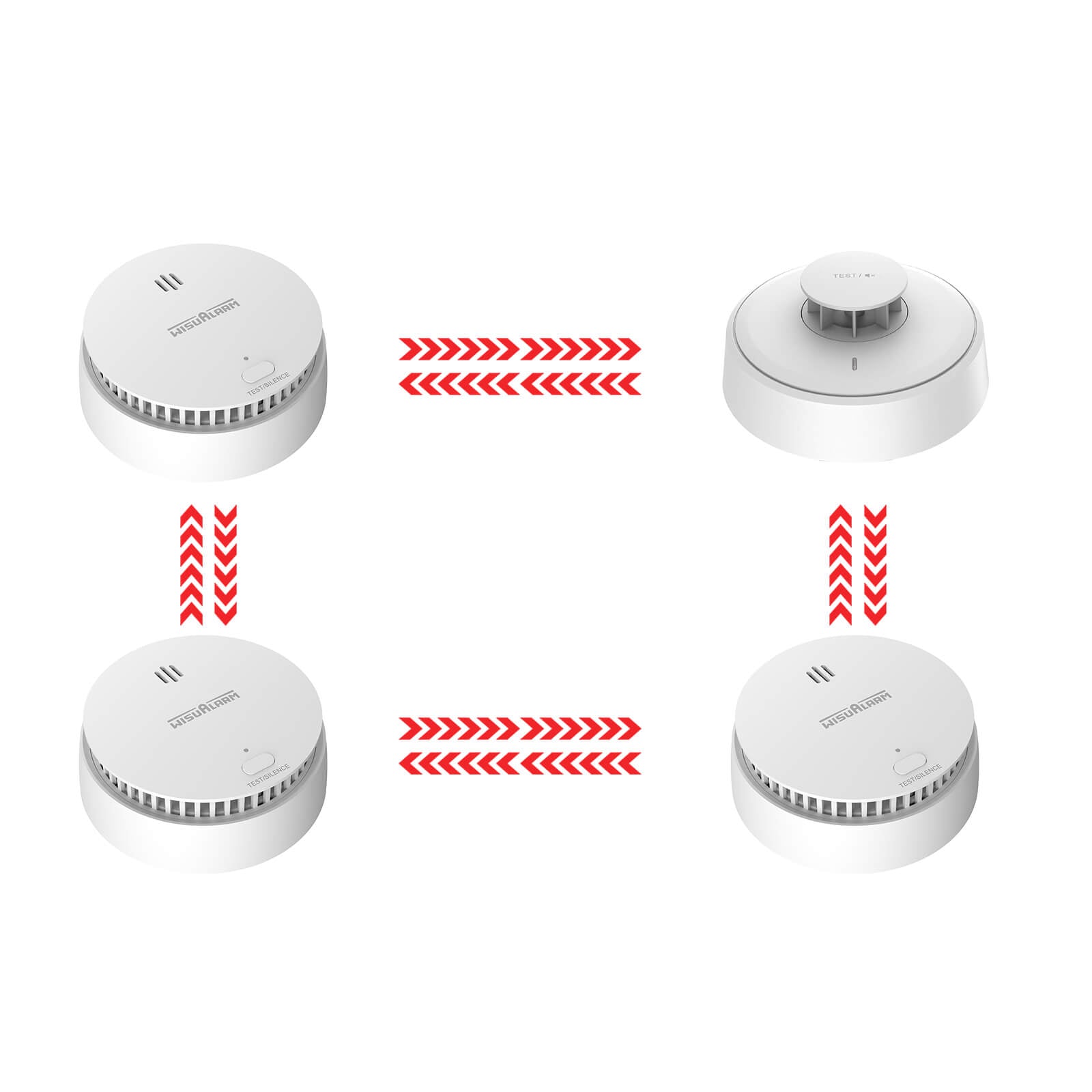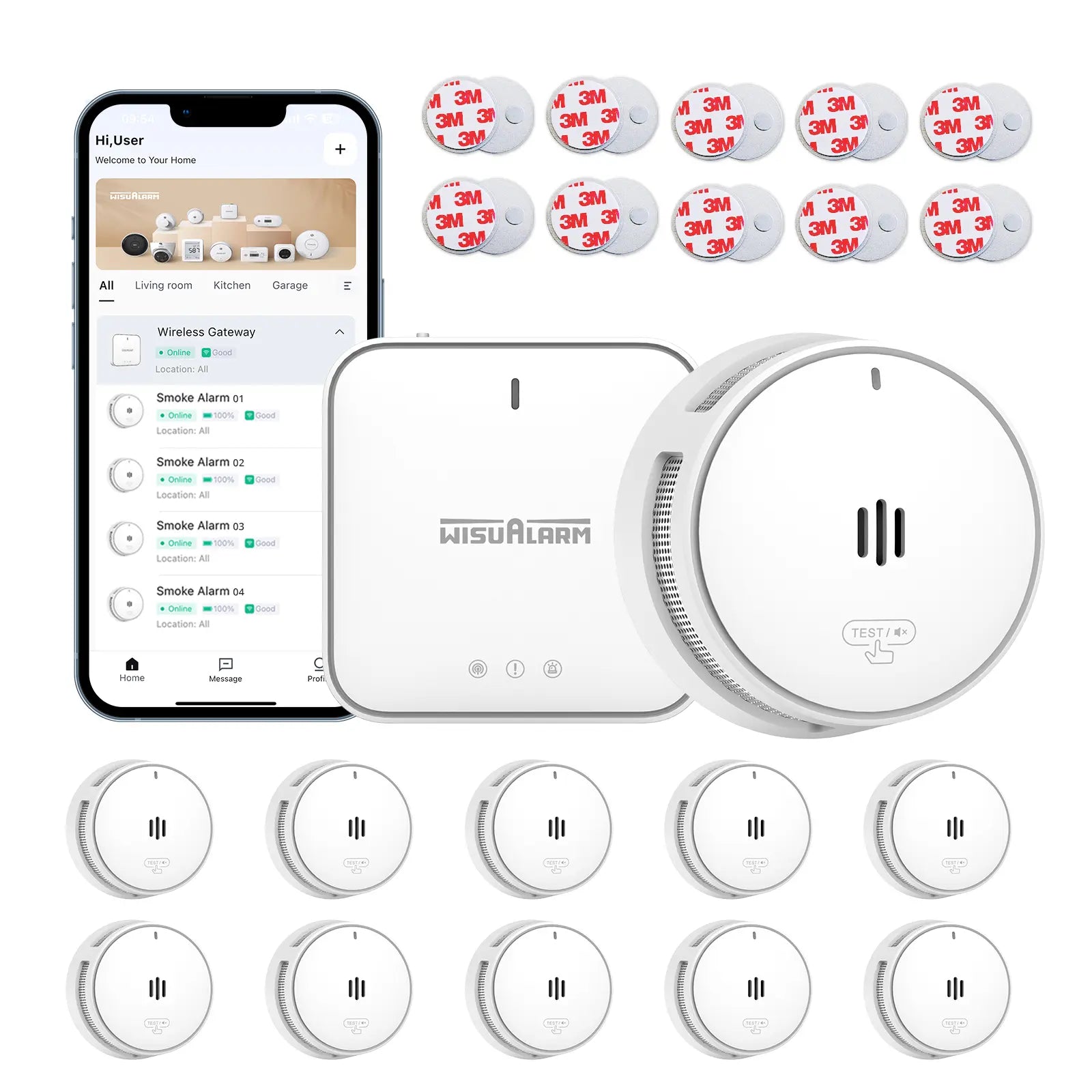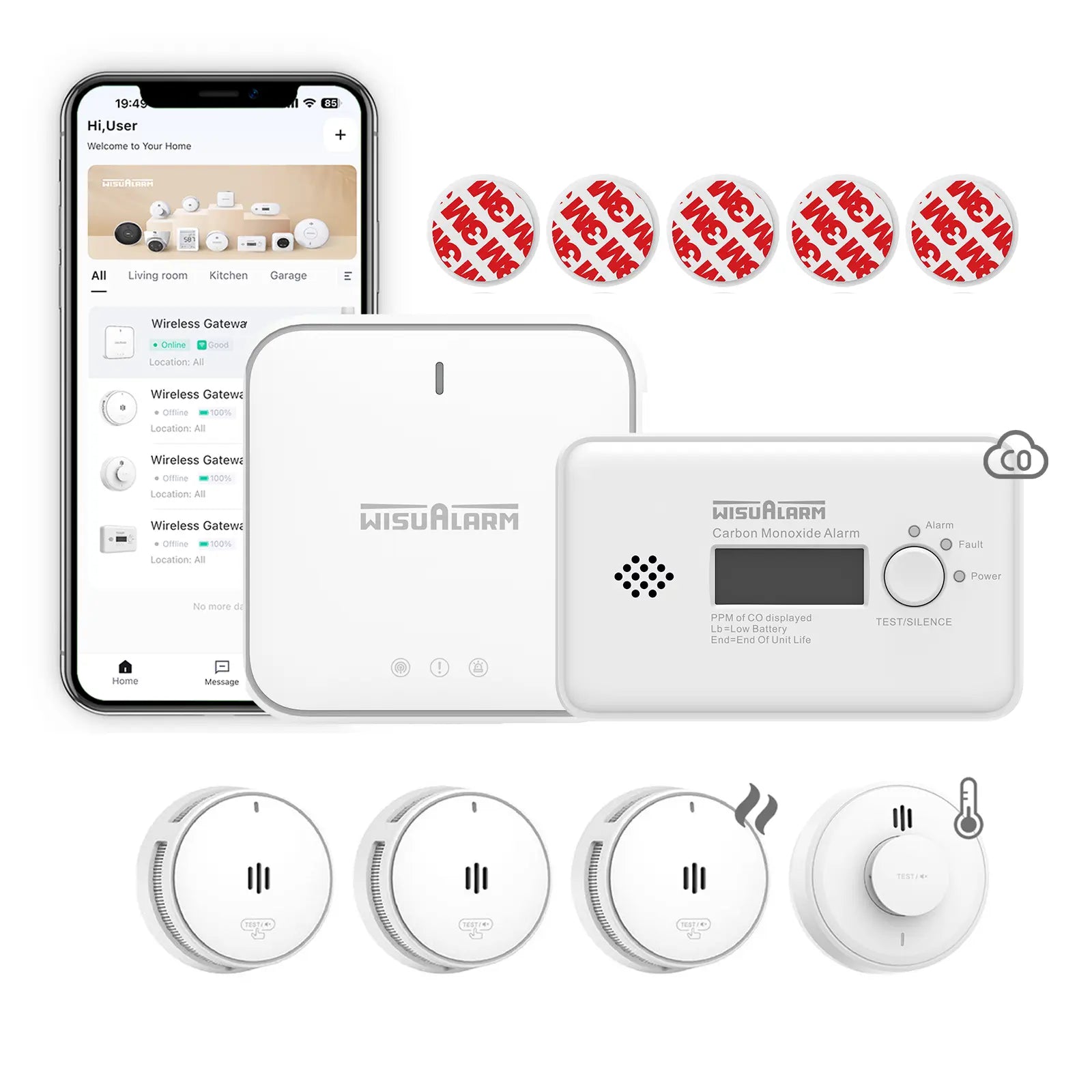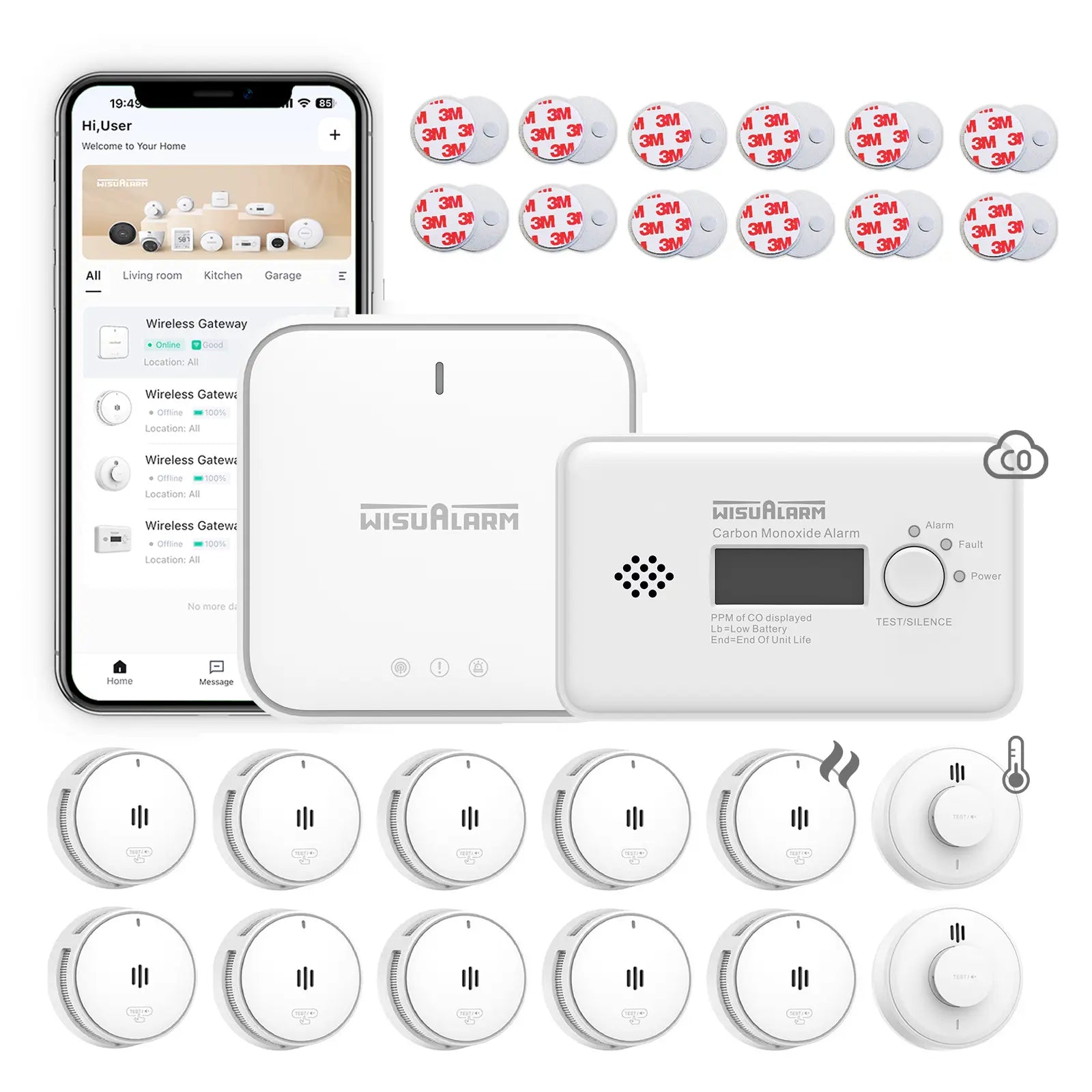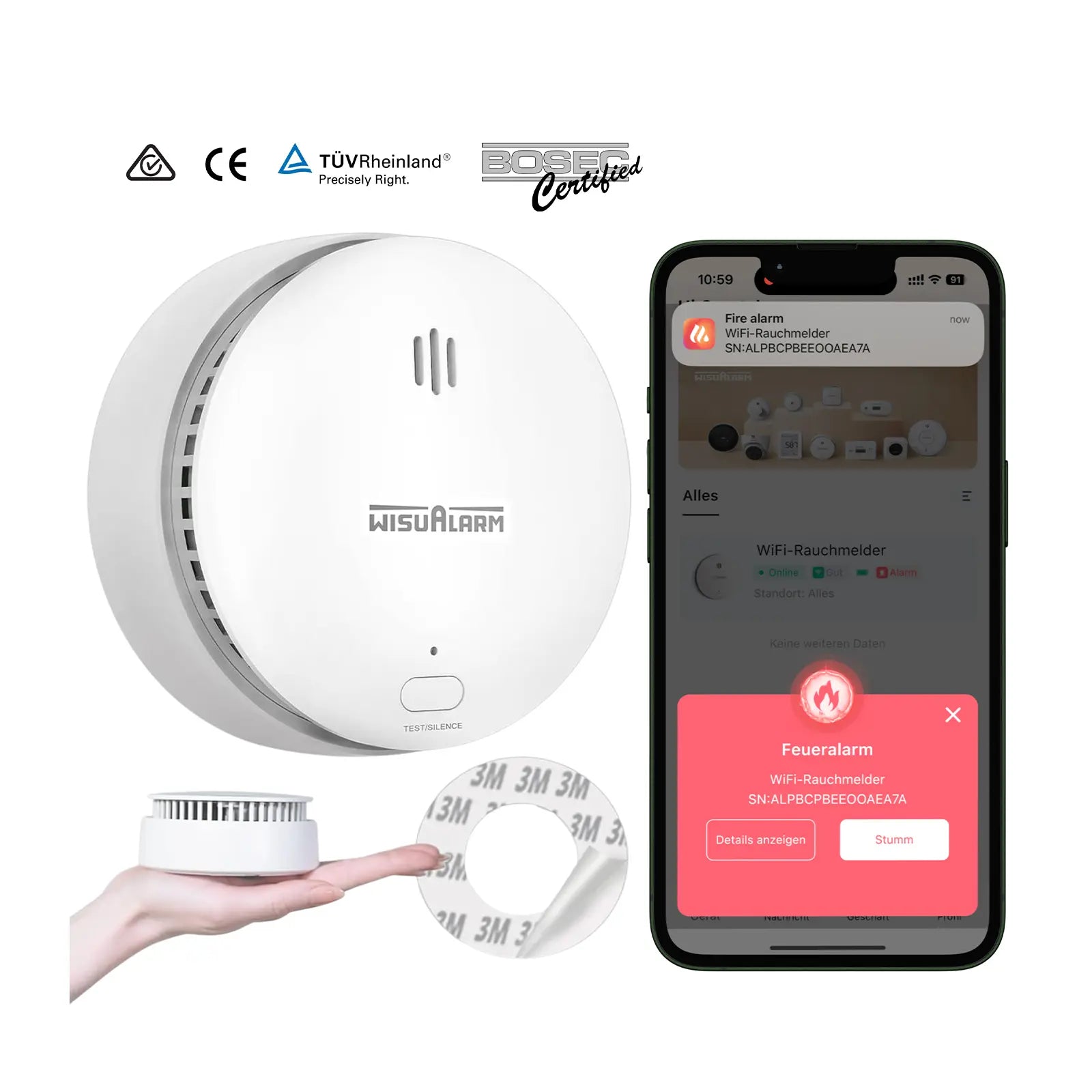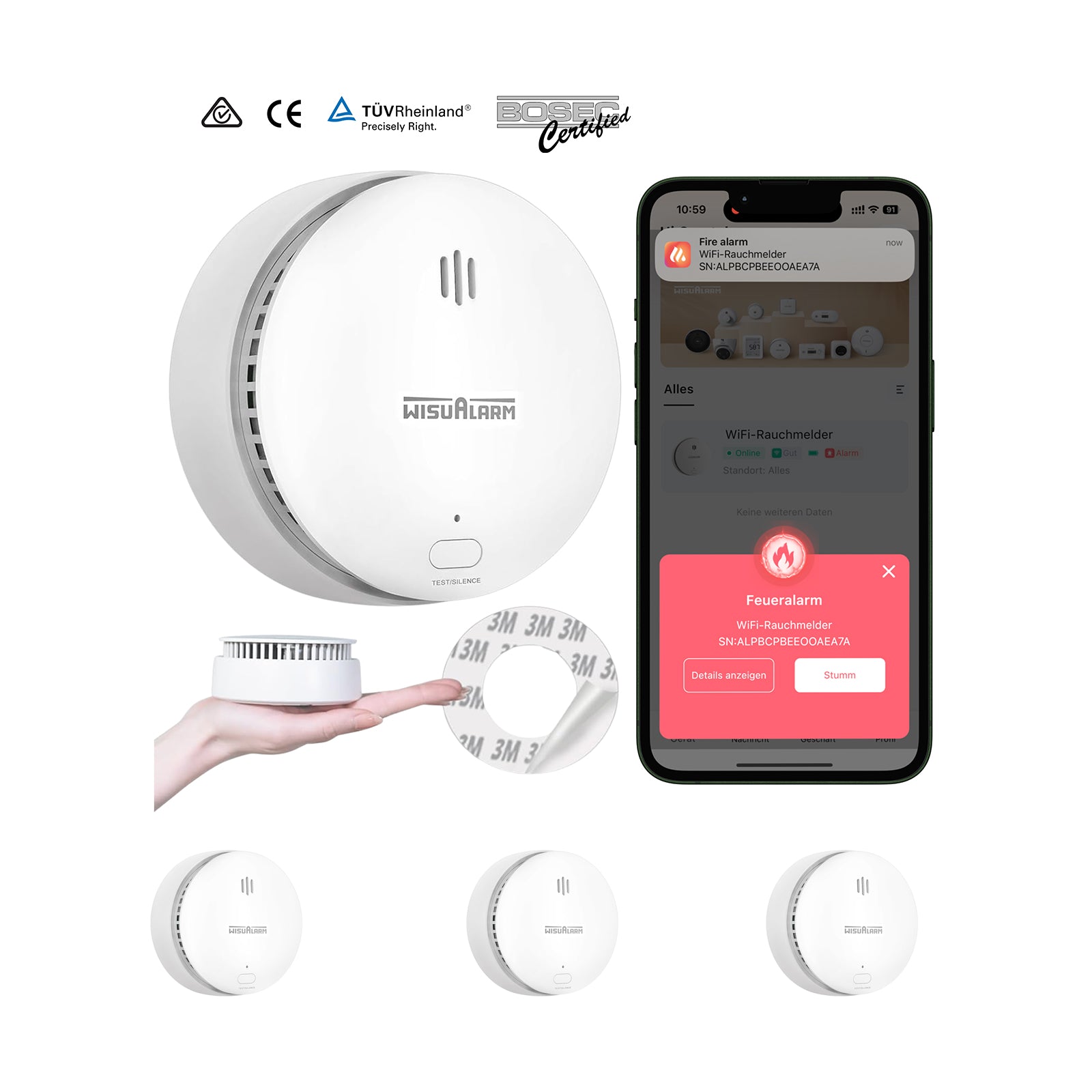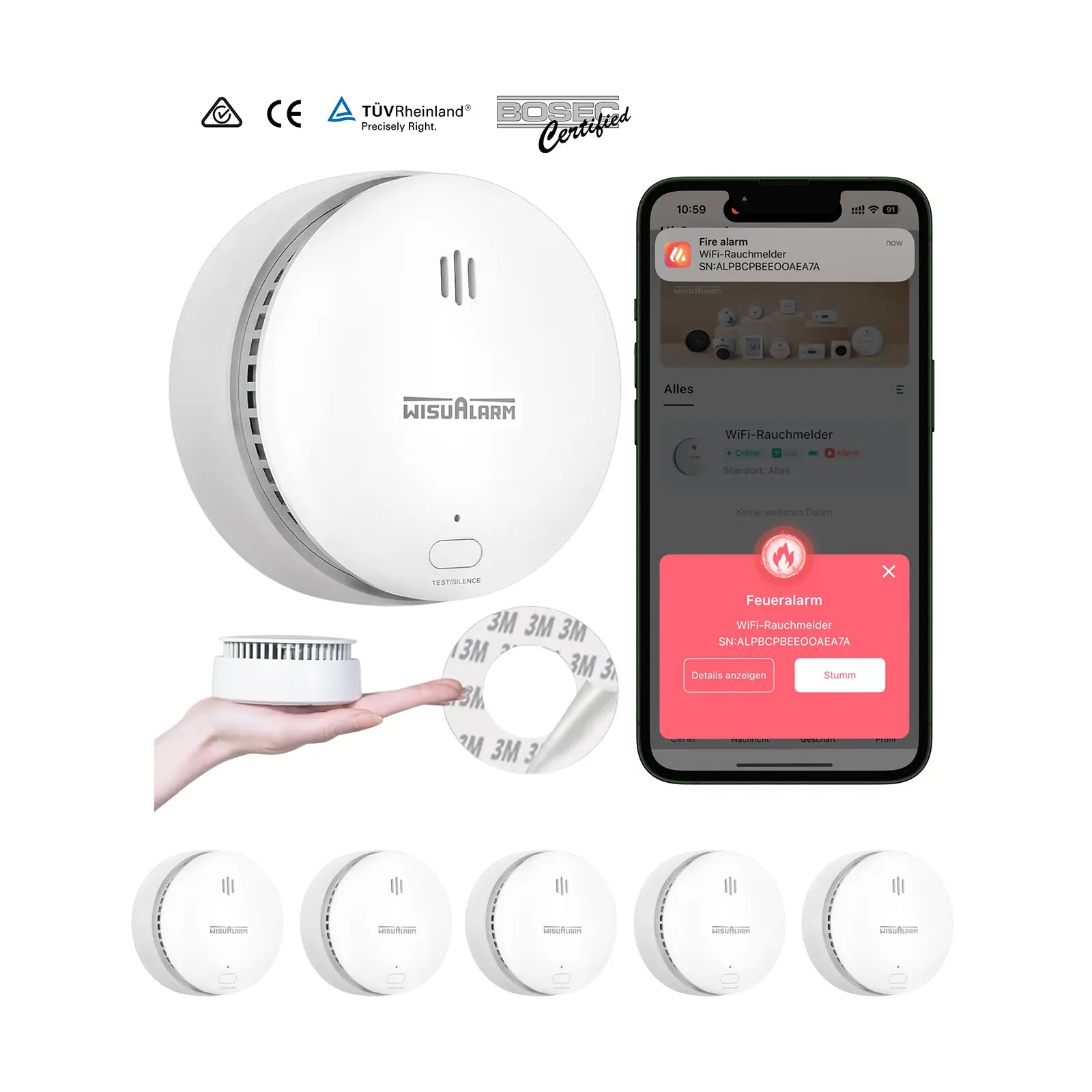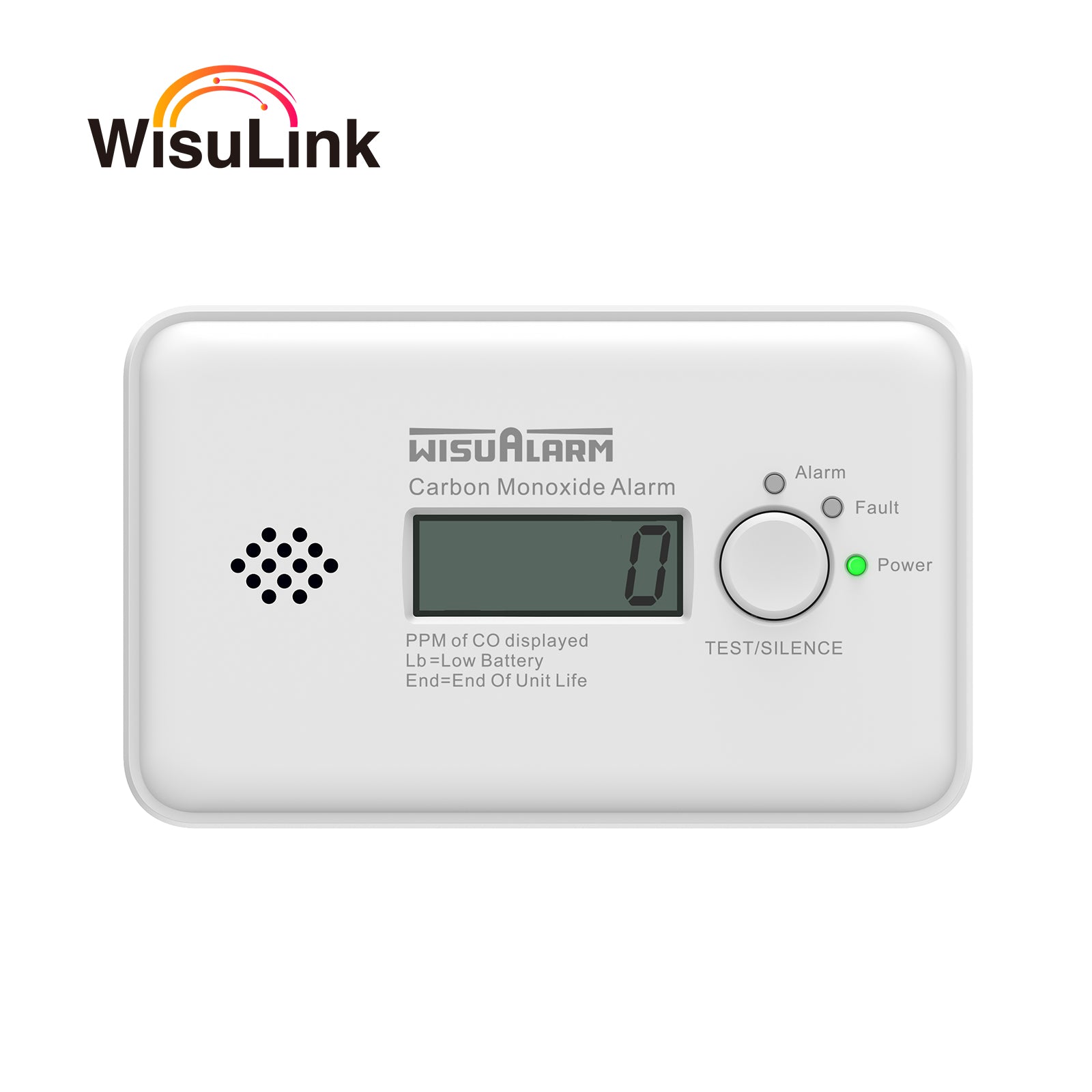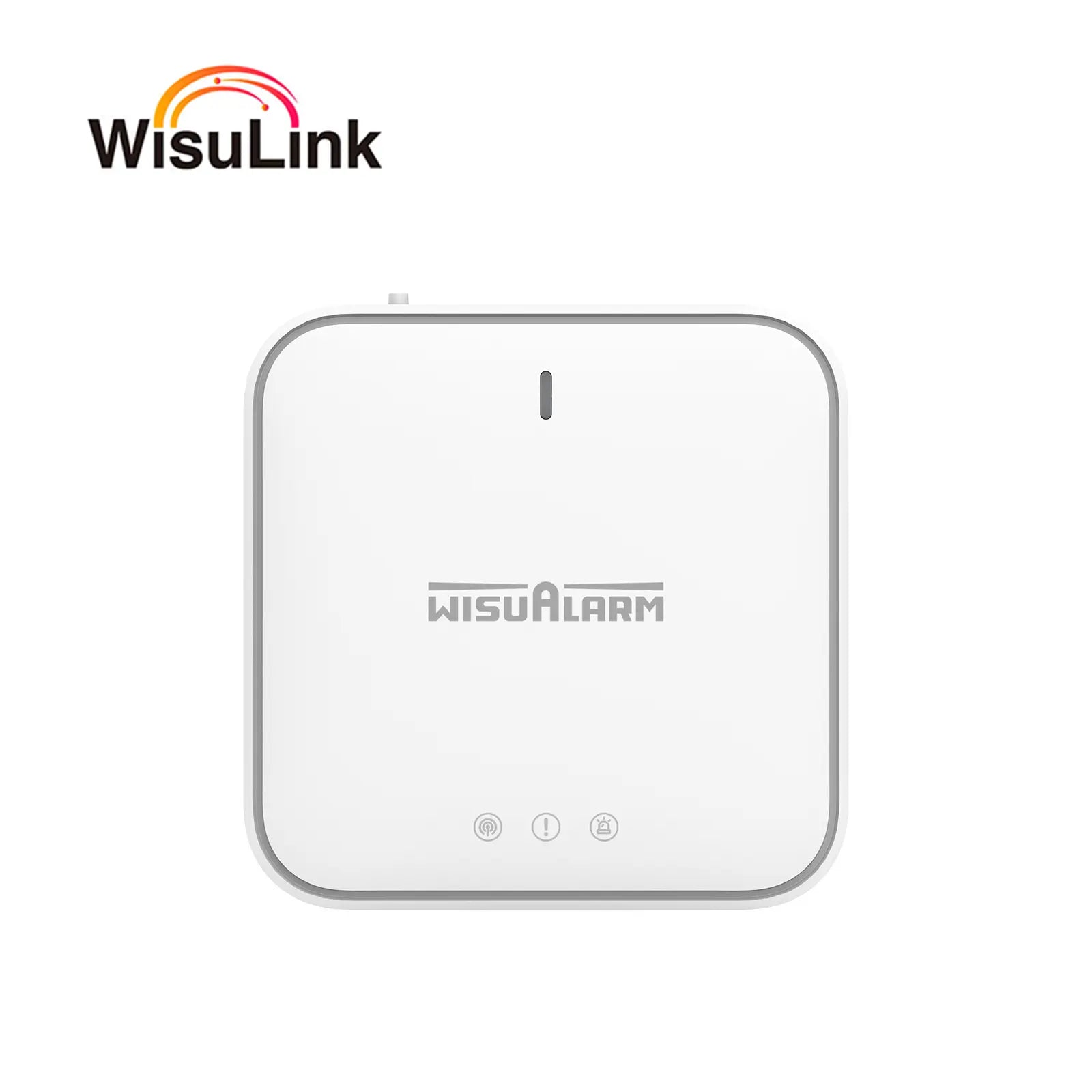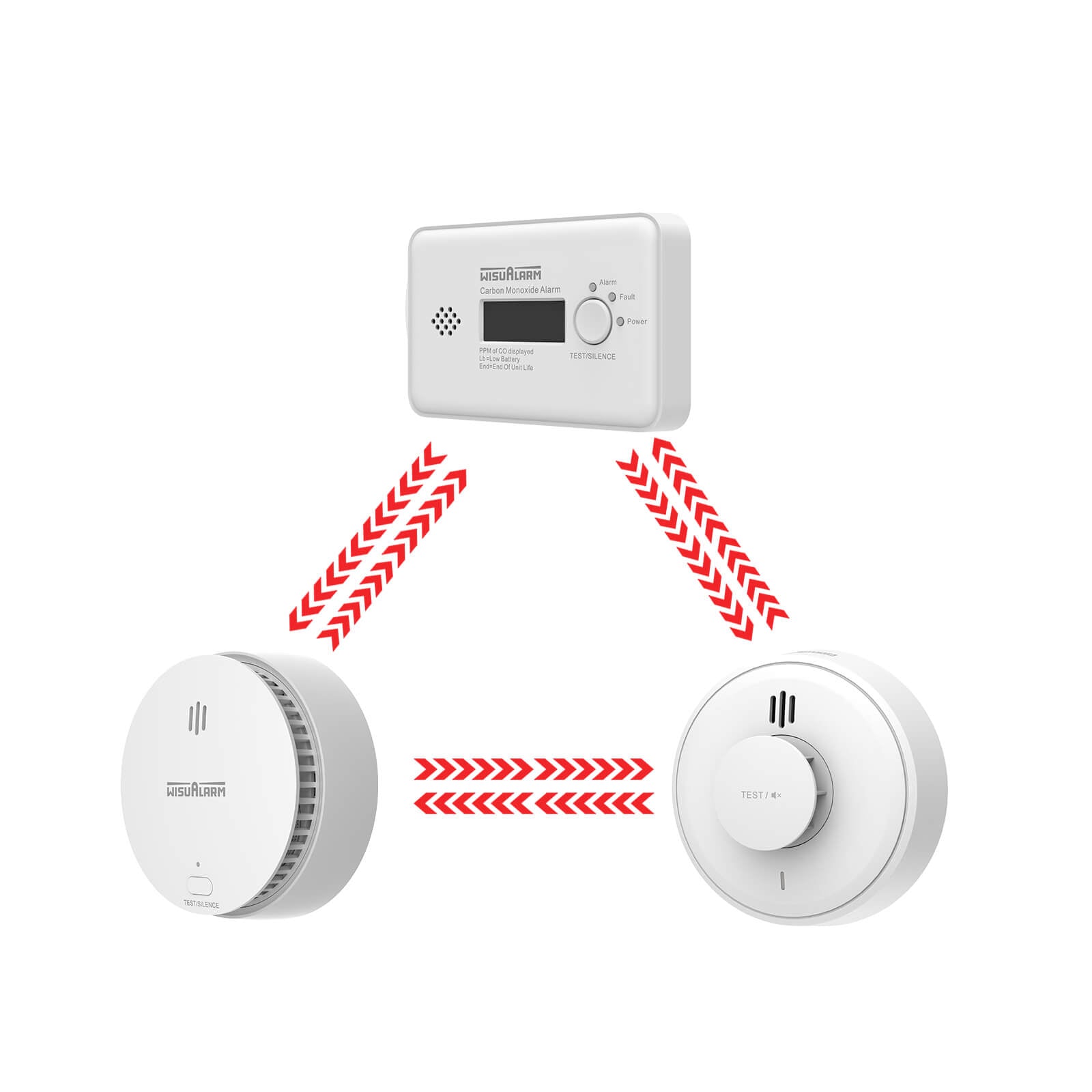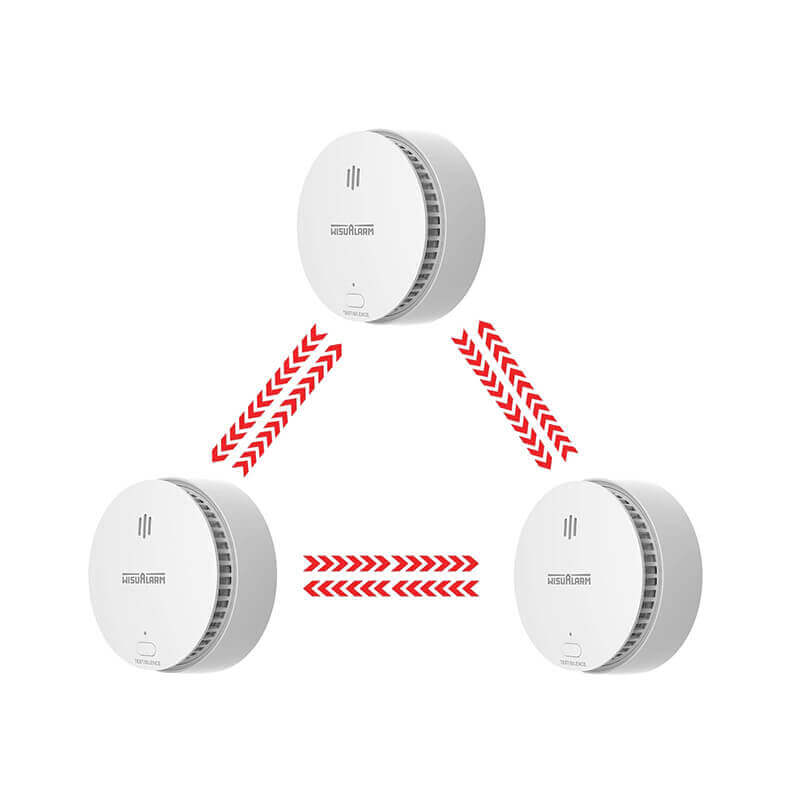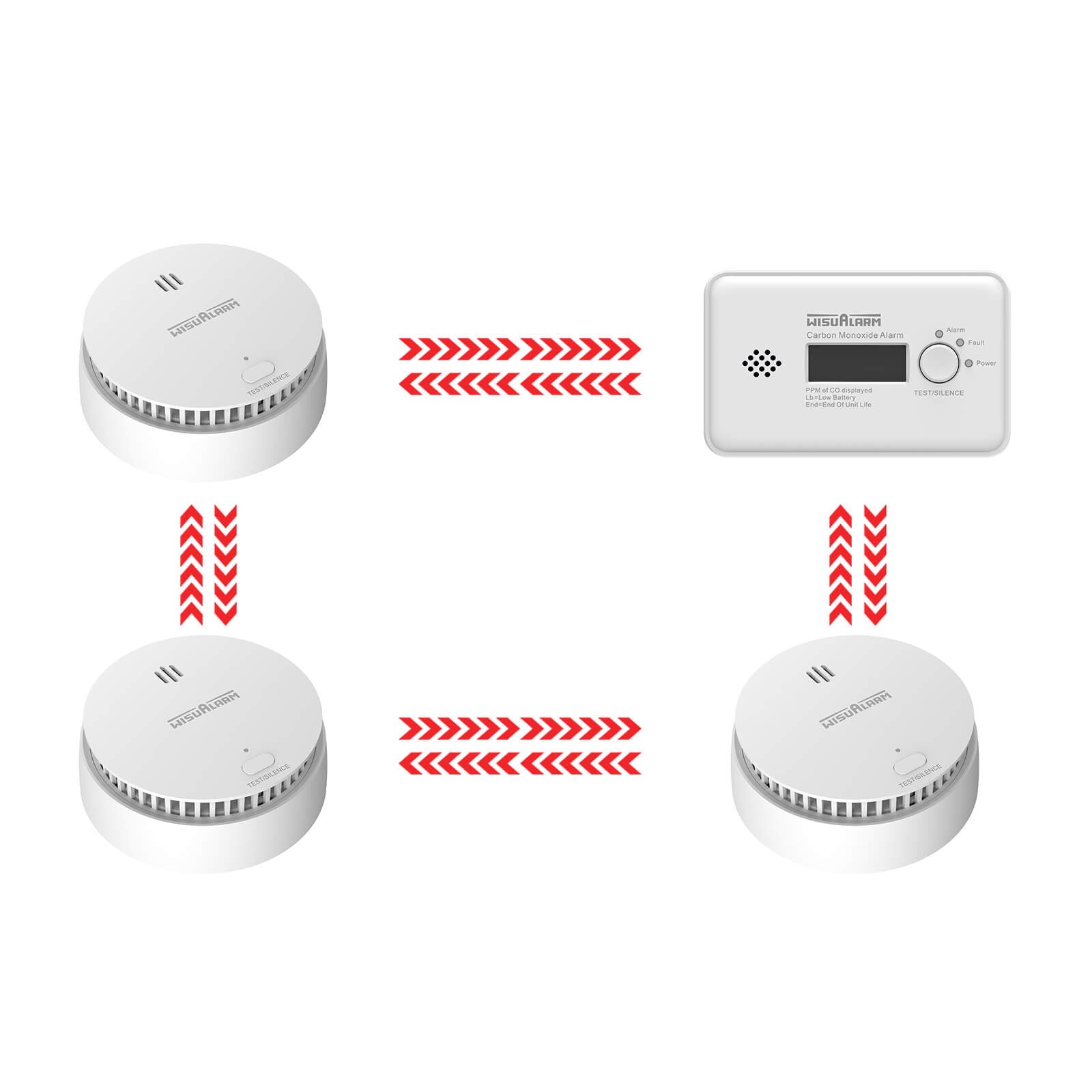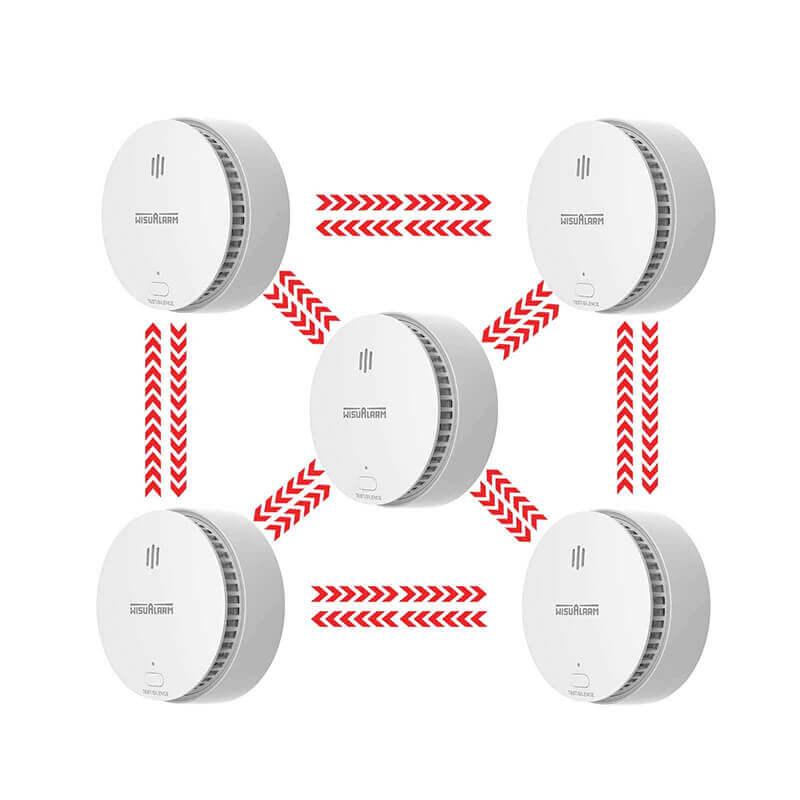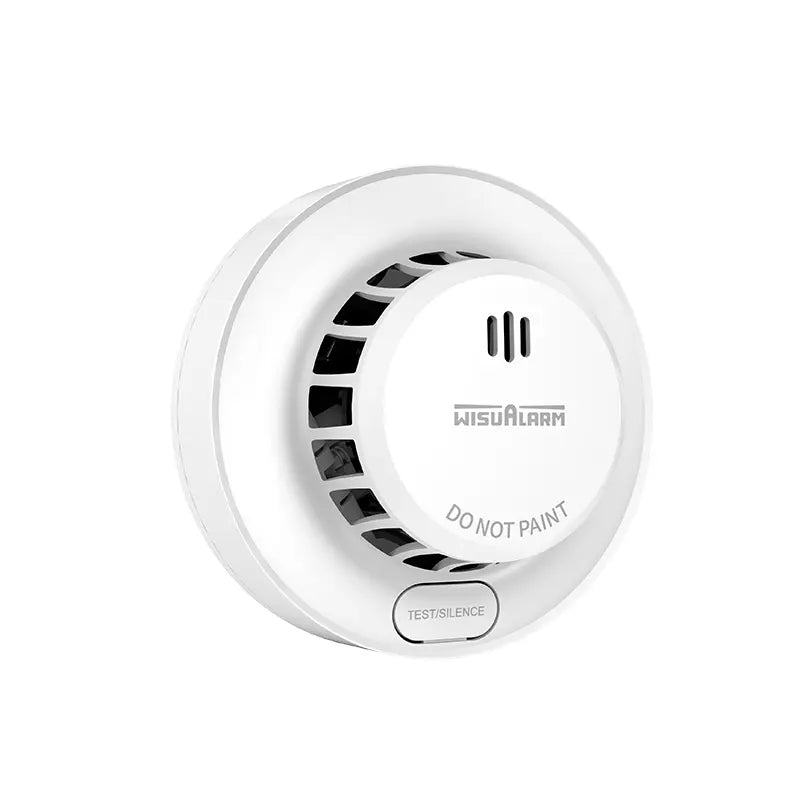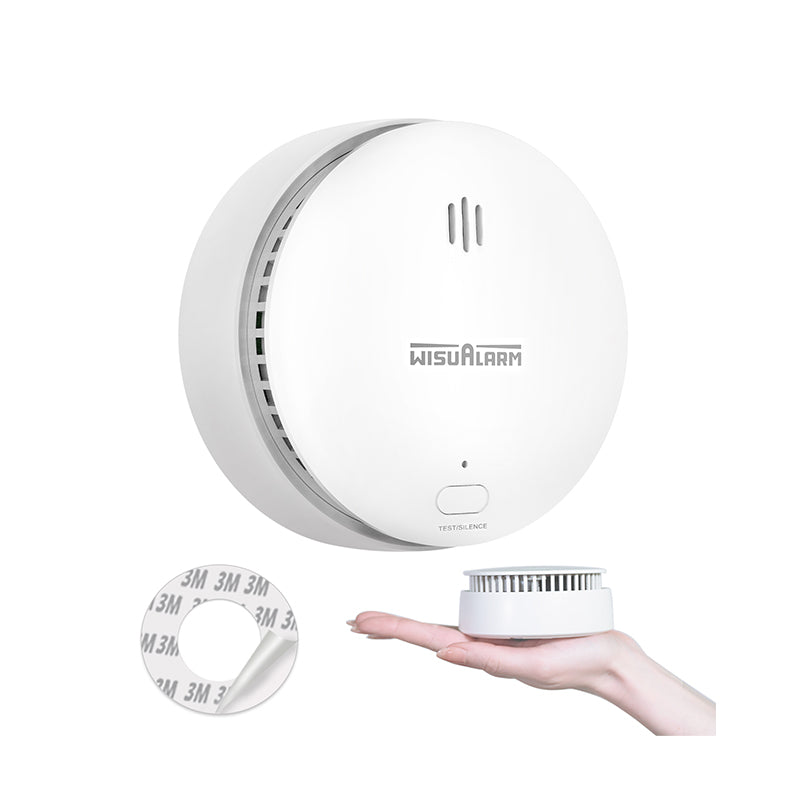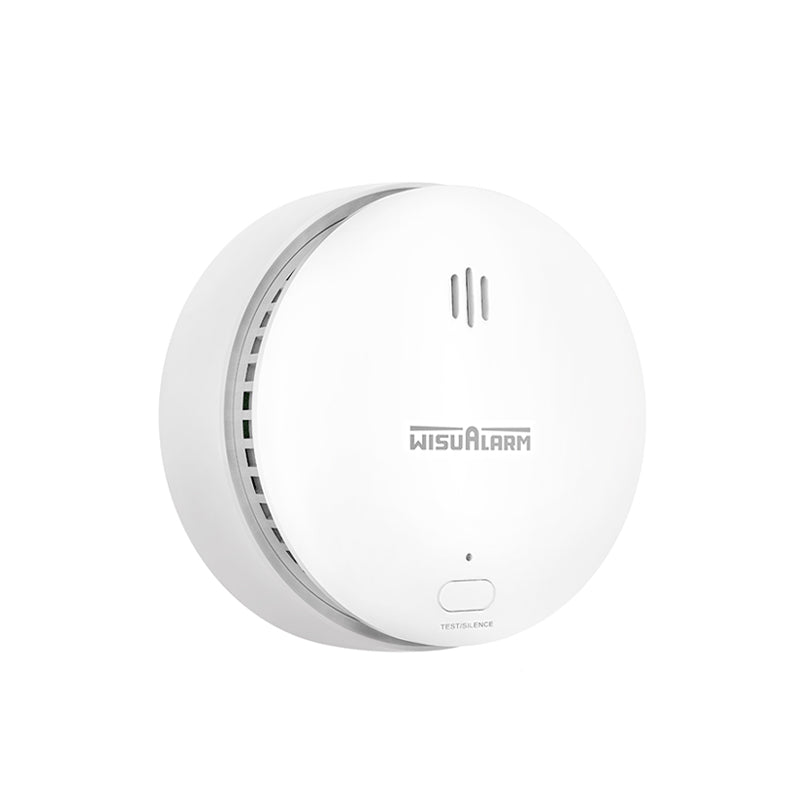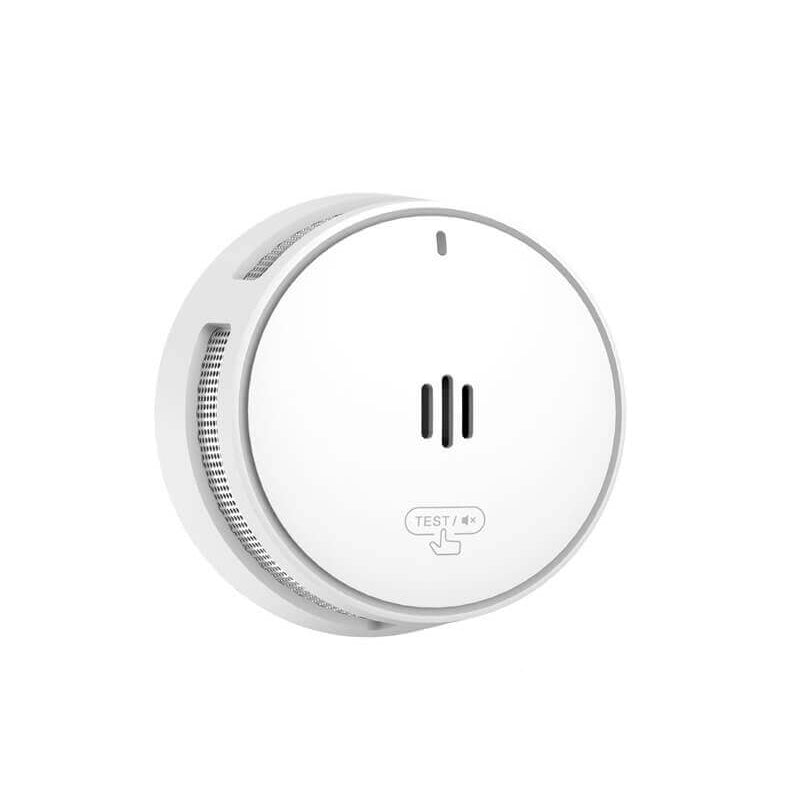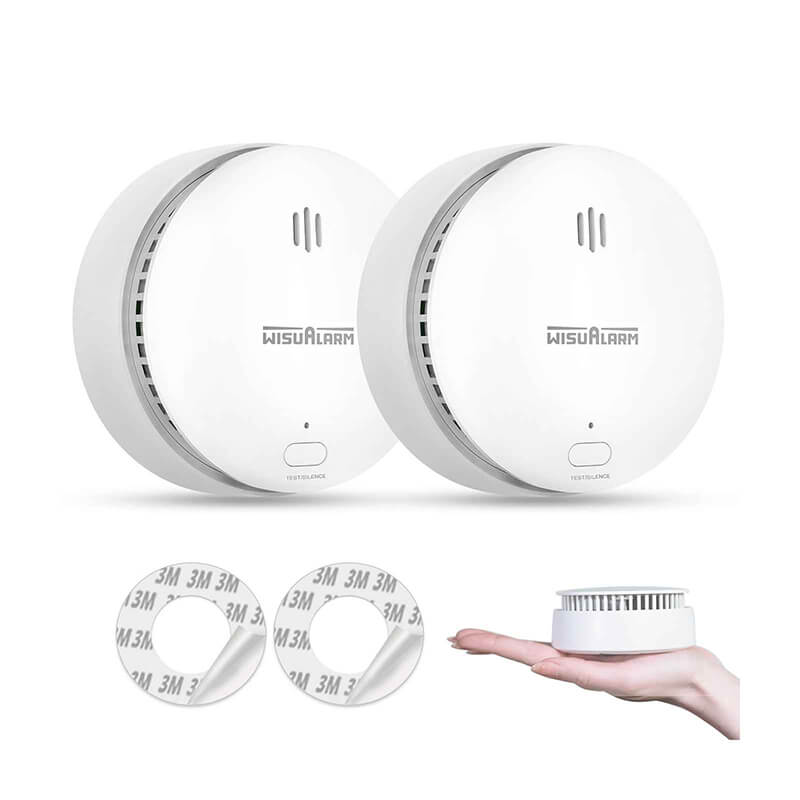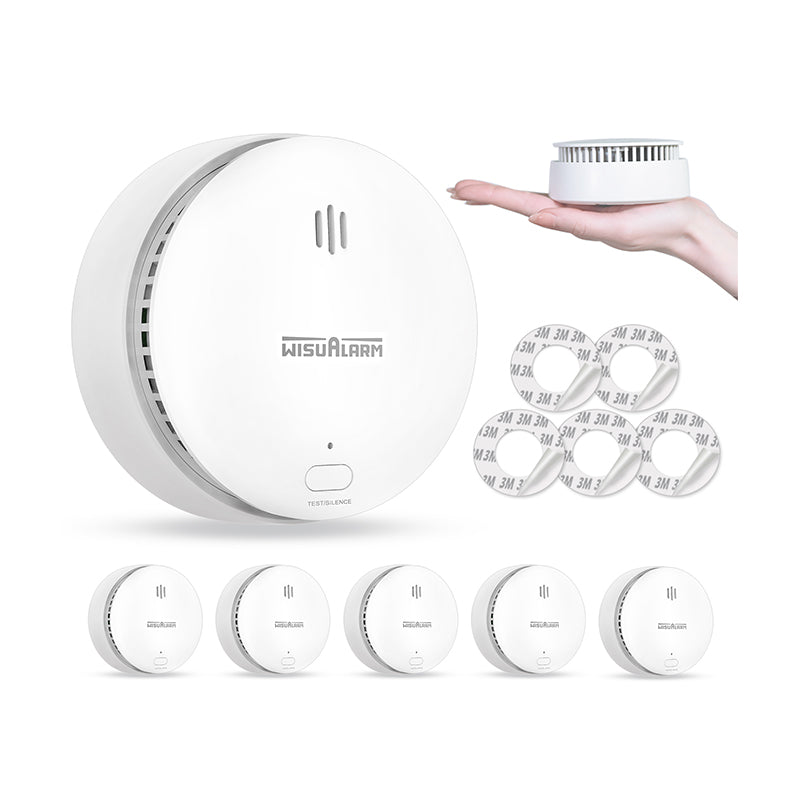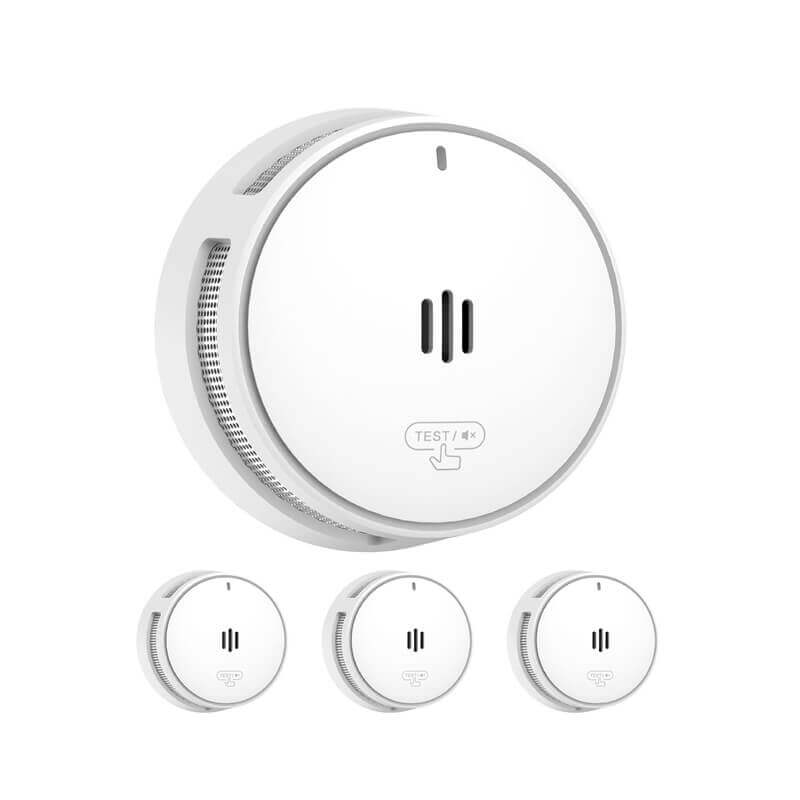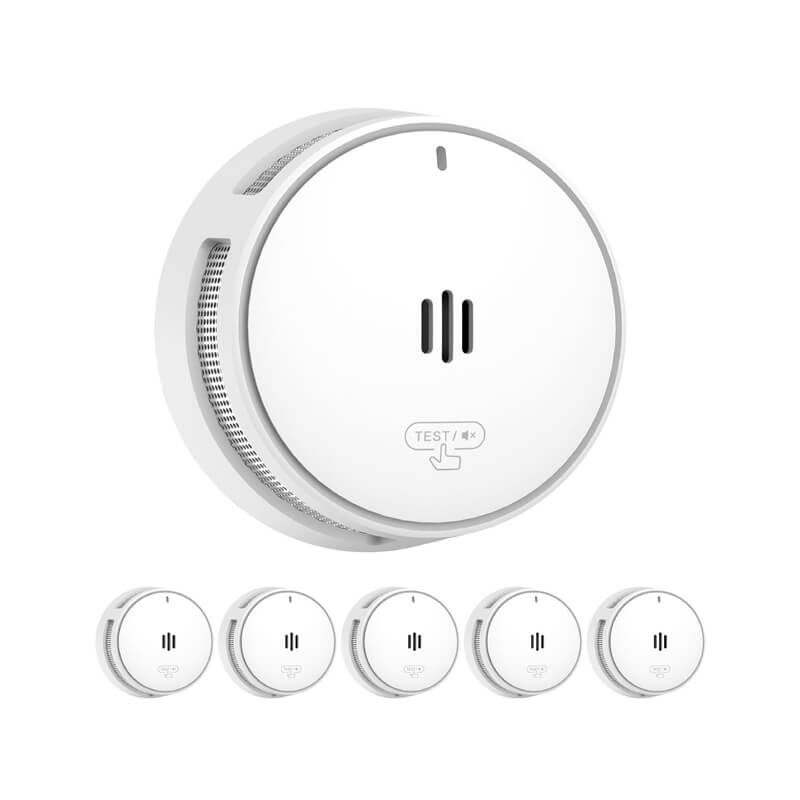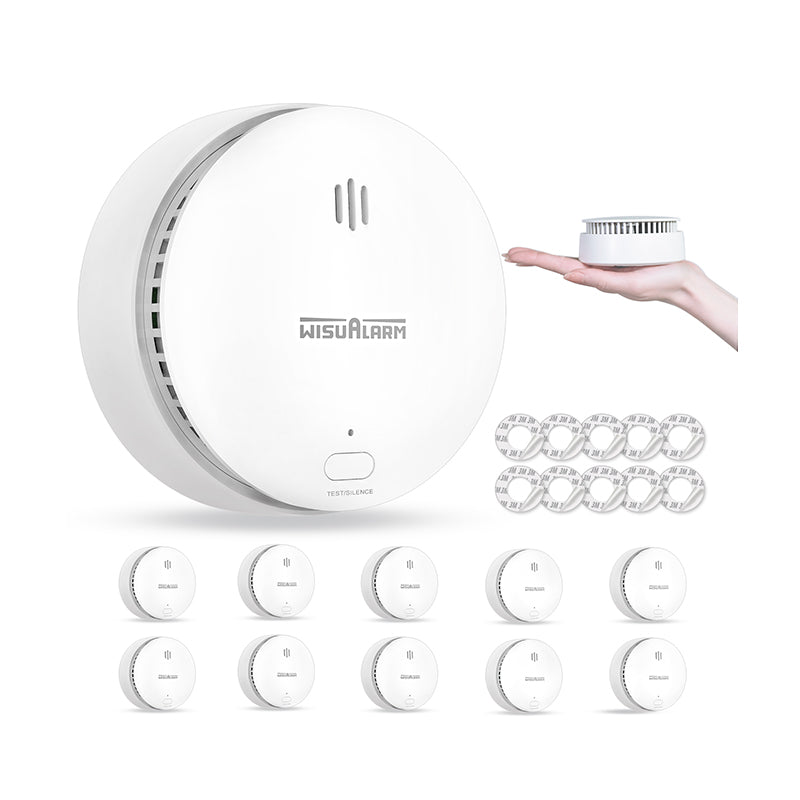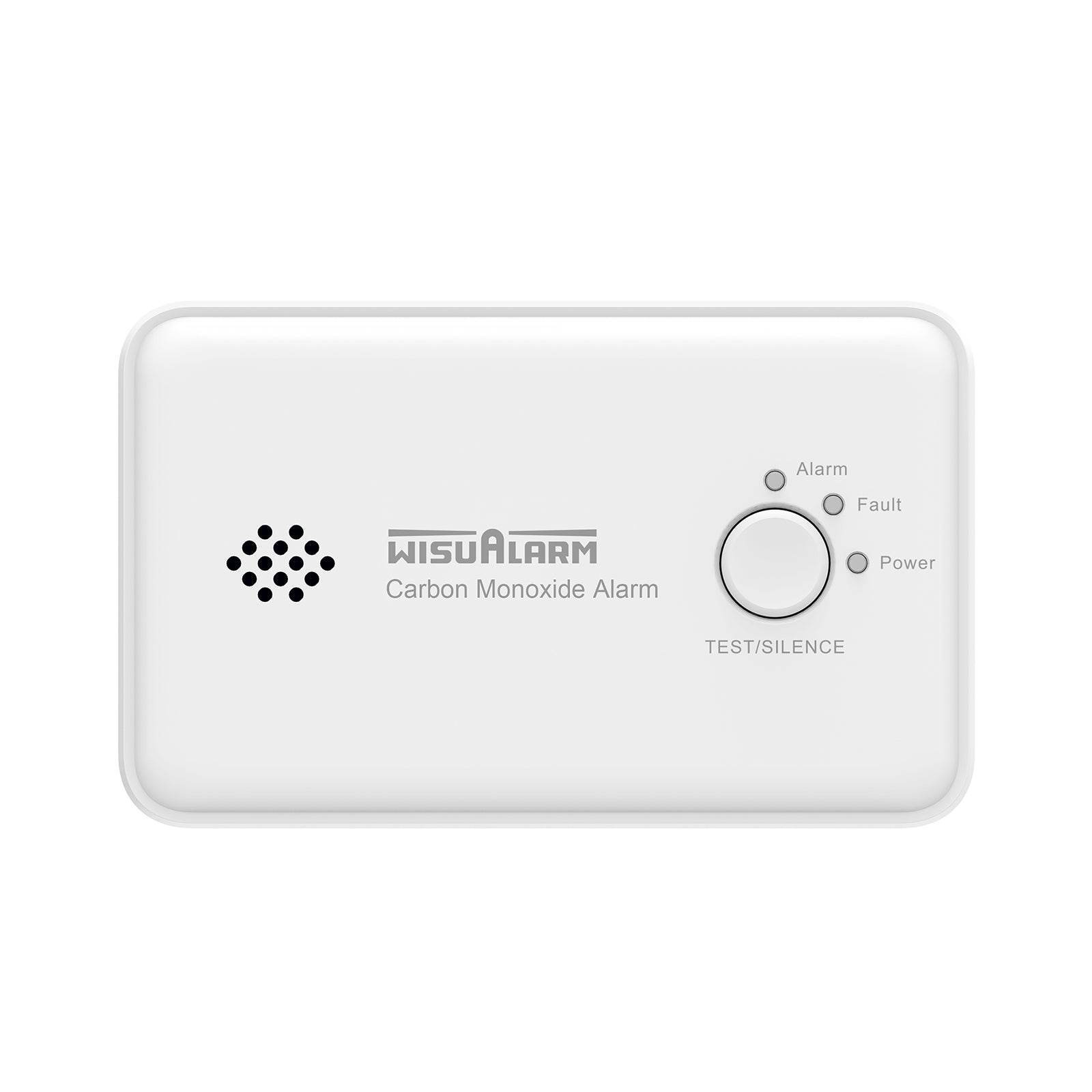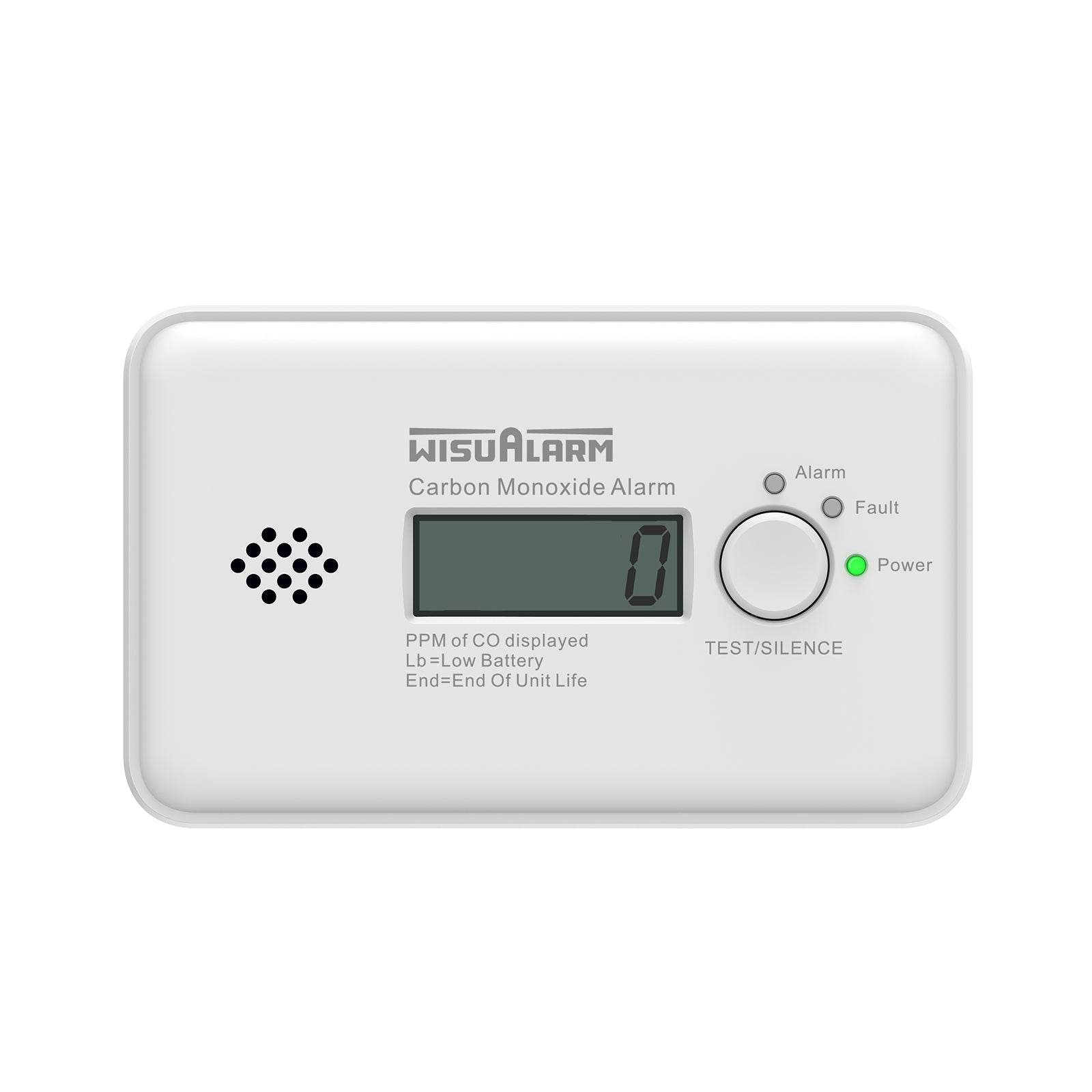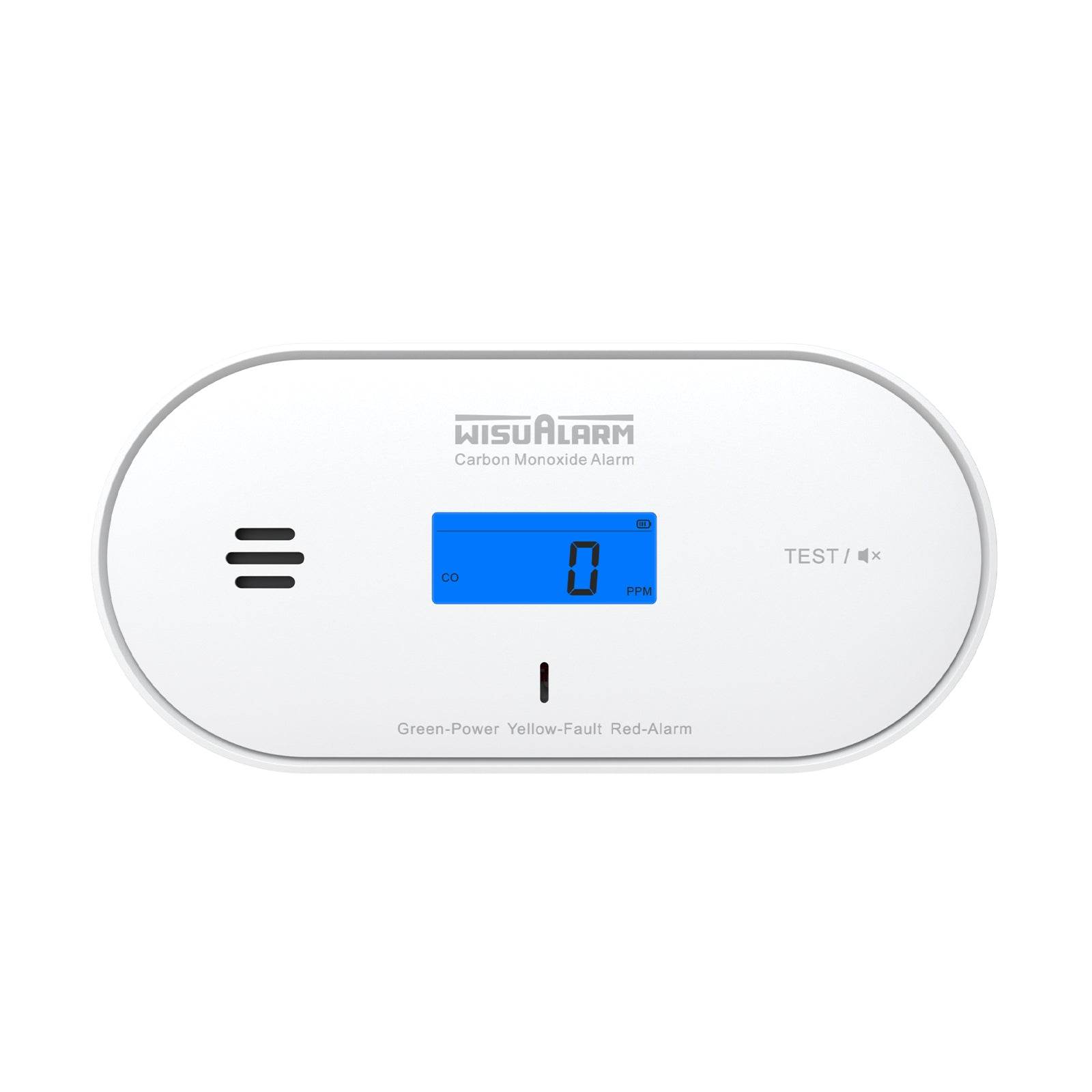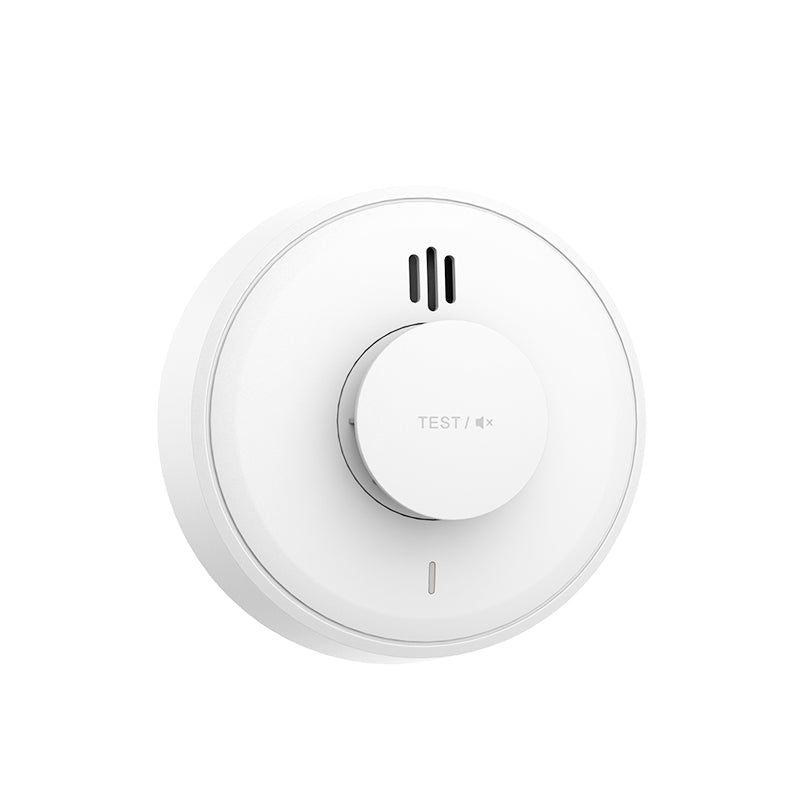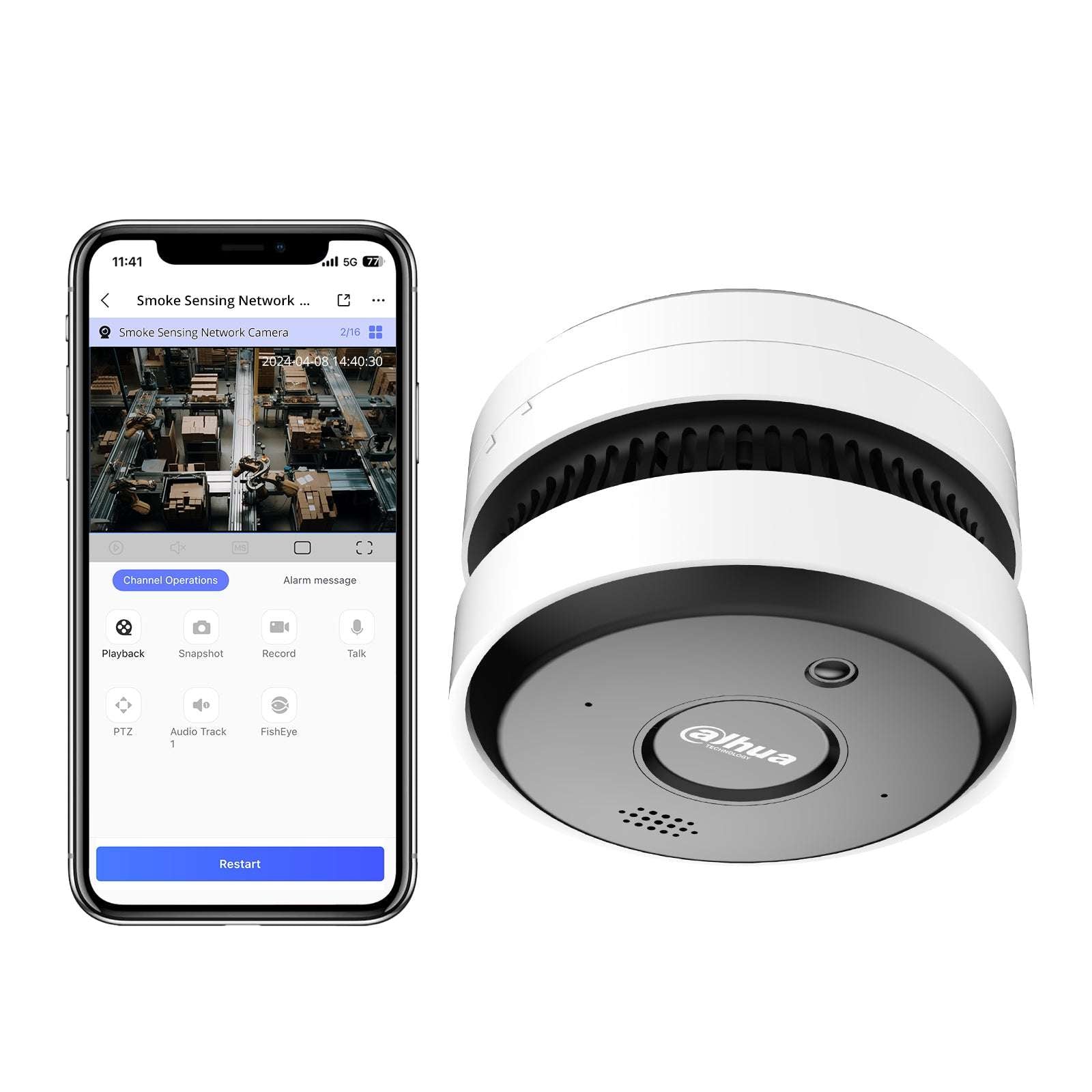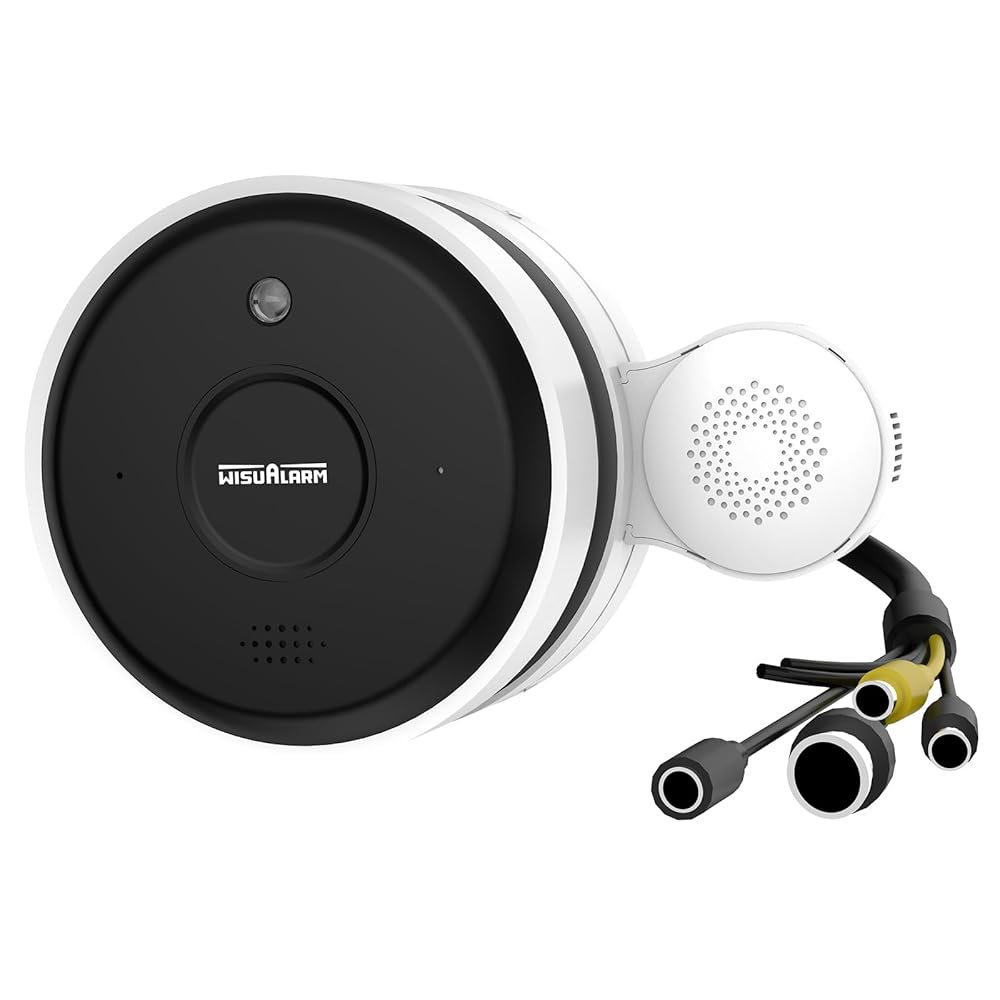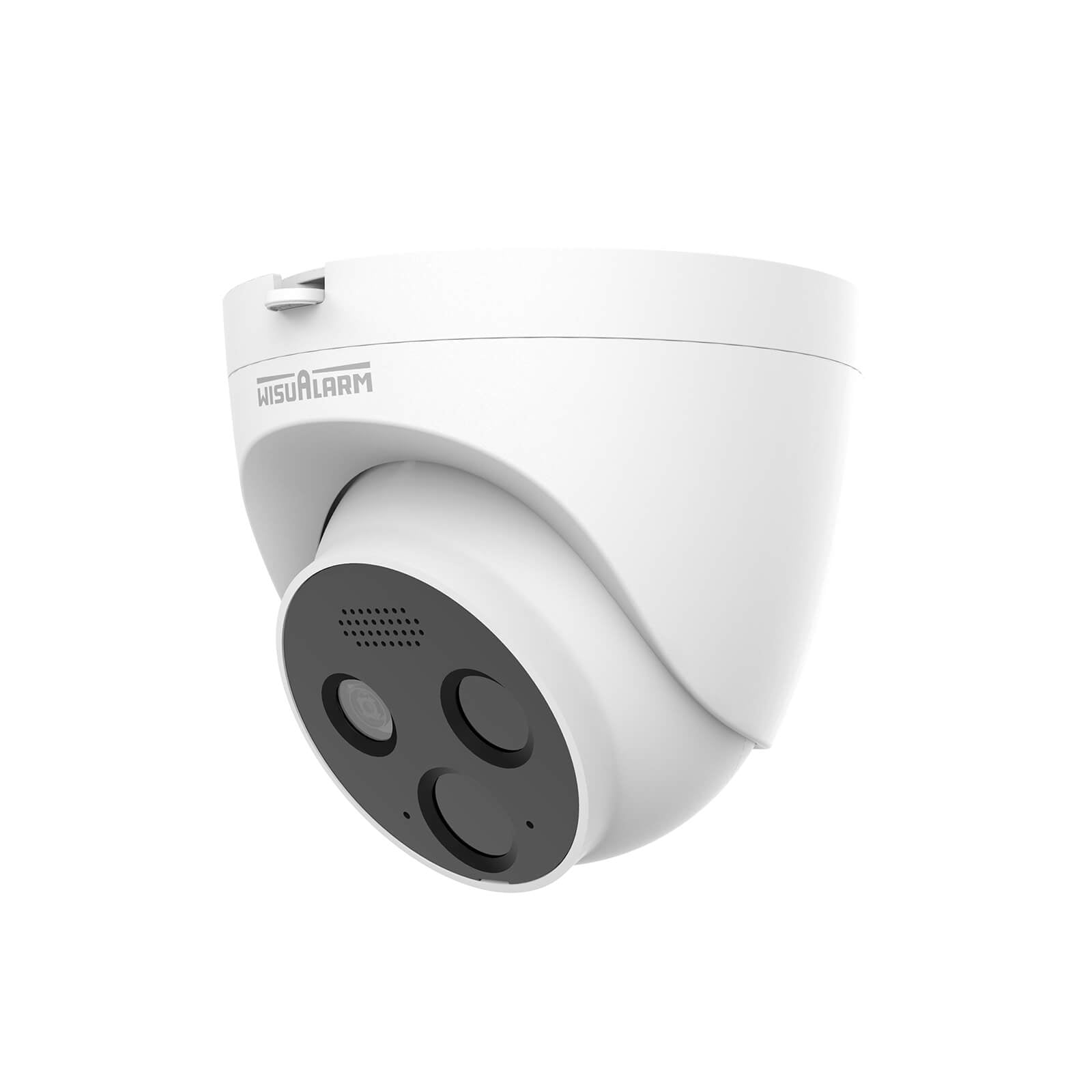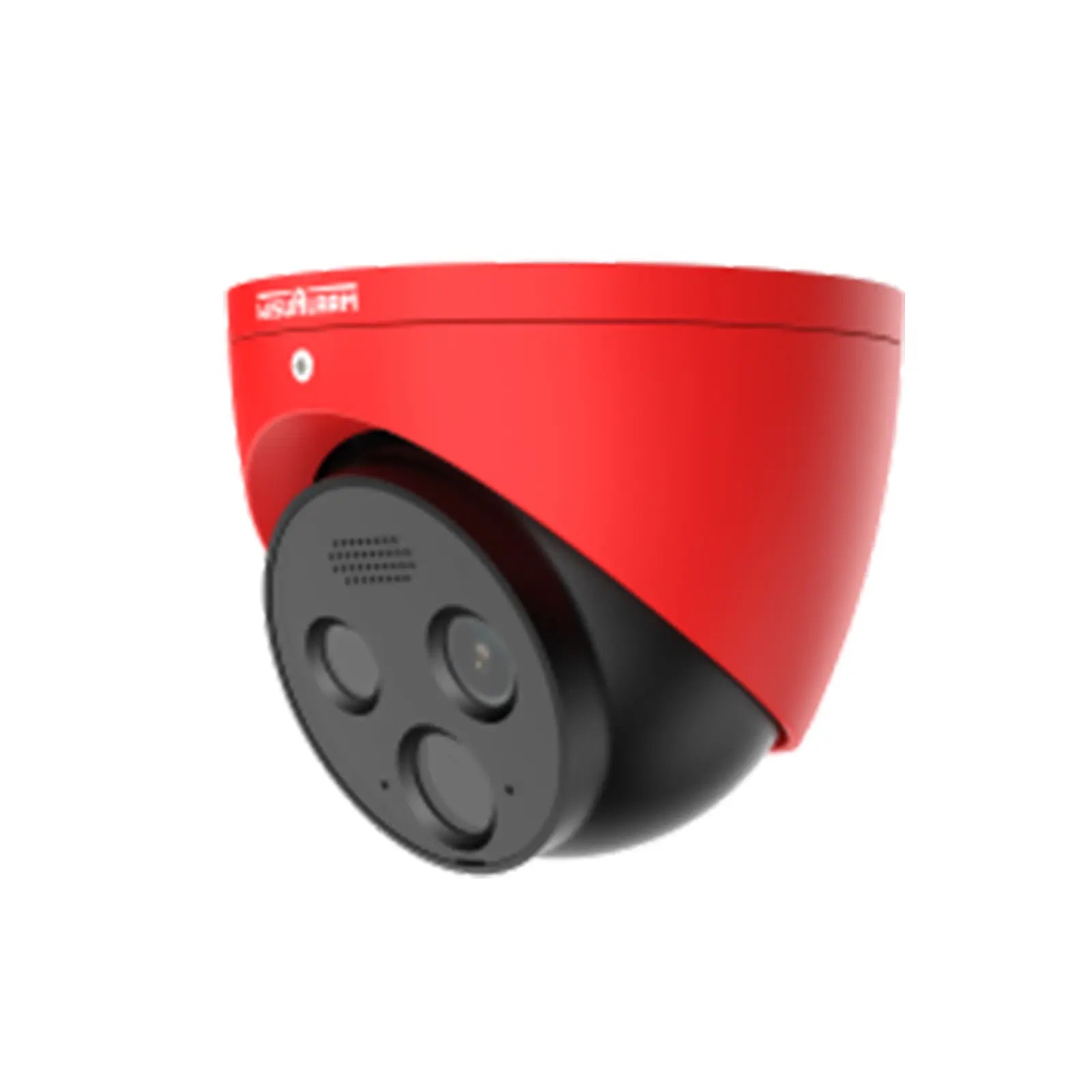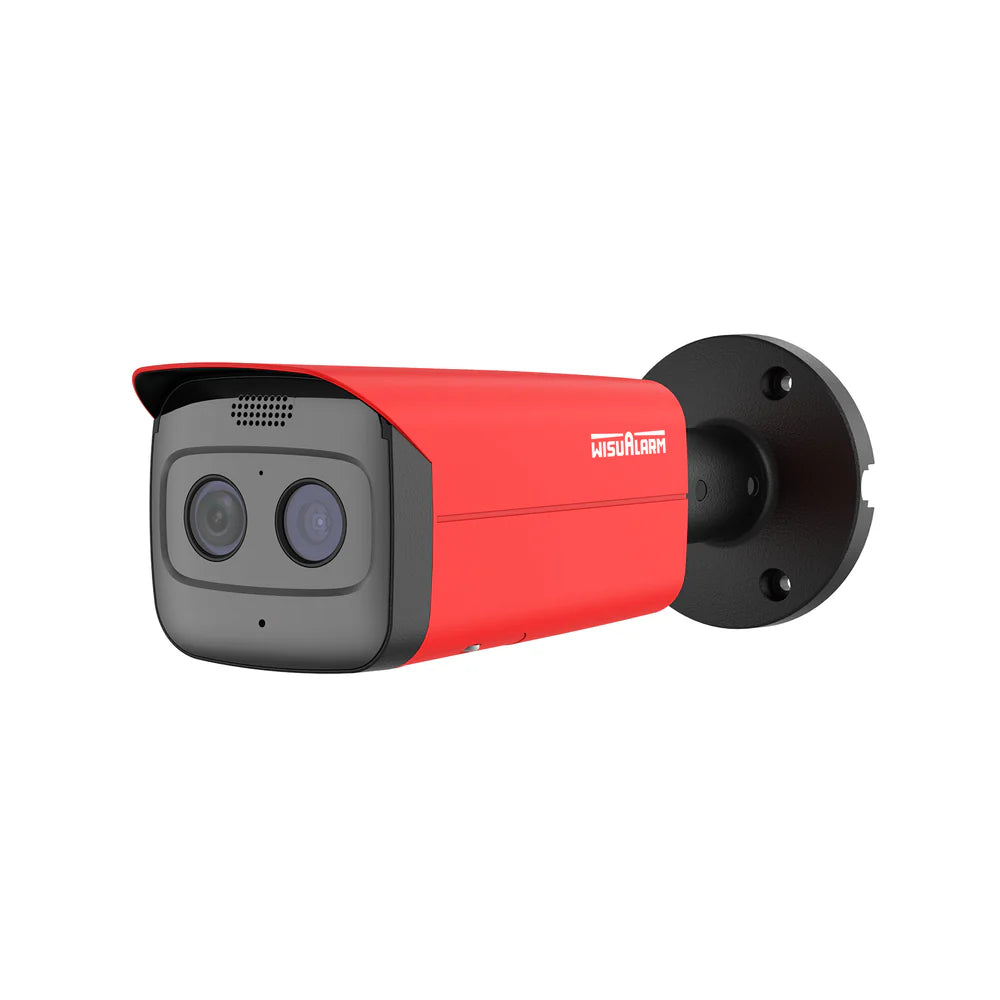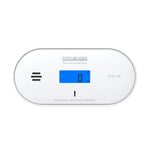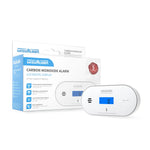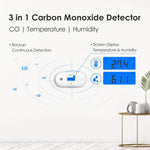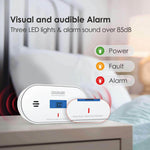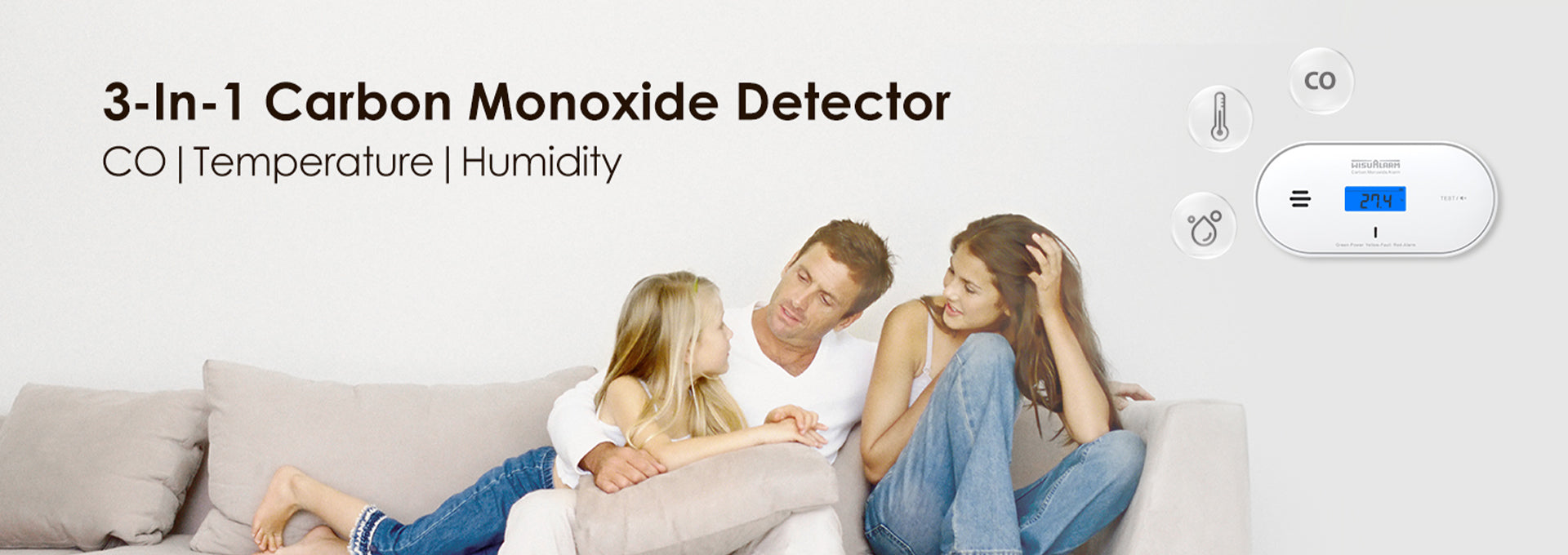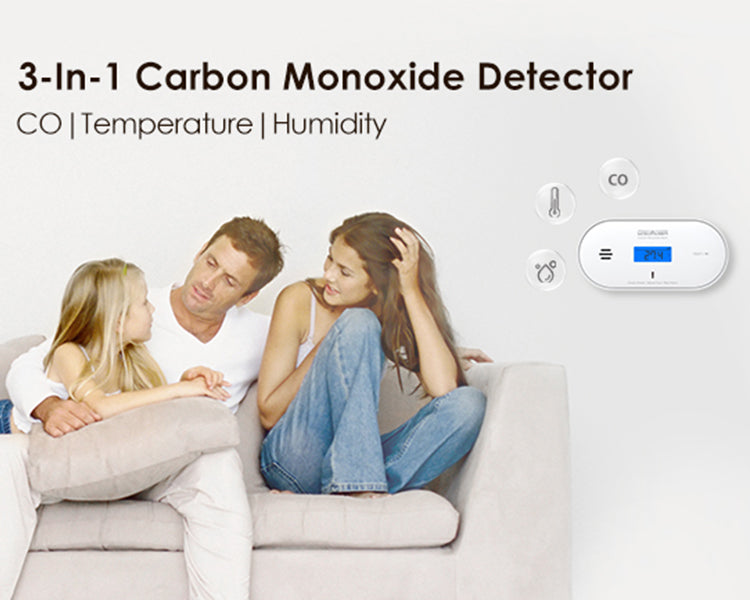Description

3 IN 1 Function
Carbon monoxide alarm also can detect temperature and humidity values at same time to provide comprehensive protection.
- Carbon Monoxide Detection
- Temperature Detection
- Humidity Detection
Wide Range Detection of Carbon Monoxide
Carbon Monoxide alarm sound, ensuring prompt response to dangerous levels.
- 50 parts per million (ppm) can cause headaches and dizziness after several hours of exposure.
- 100 ppm can lead to more severe symptoms such as impaired vision or reduced brain function.
- 300 ppm can cause serious health effects within just a few hours.


EN50291:1 Certified
The standard BS EN 50291-1 is applicable to domestic homes and static caravans, providing guidelines for the installation and performance of carbon monoxide detectors. It ensures these devices are designed to effectively detect harmful levels of carbon monoxide, thereby protecting occupants from potential poisoning.
FAQ
FAQ
Why is carbon monoxide dangerous?
Carbon monoxide (CO) is a colorless, odorless gas that can be highly dangerous. It is produced by burning fossil fuels and can interfere with the blood’s ability to carry oxygen. High levels of CO exposure can lead to serious health issues or even death, as it can cause symptoms such as dizziness, confusion, and loss of consciousness, leading to suffocation when inhaled in significant quantities.
Where should a carbon monoxide detector be installed?
Carbon monoxide detectors should be installed in key areas of your home for optimal safety. It’s recommended to place them:
1. Near sleeping areas, so the alarm can be heard while you sleep.
2. On every level of your home, including basements and attics.
3. At least 15 feet away from fuel-burning appliances to avoid false alarms.
1. Near sleeping areas, so the alarm can be heard while you sleep.
2. On every level of your home, including basements and attics.
3. At least 15 feet away from fuel-burning appliances to avoid false alarms.
What concentration of carbon monoxide is considered dangerous?
Any level of carbon monoxide exposure can be harmful, but the following concentrations are particularly concerning:
1. 50 parts per million (ppm) can cause headaches and dizziness after several hours of exposure.
2. 100 ppm can lead to more severe symptoms such as impaired vision or reduced brain function.
3. 200 ppm can cause serious health effects within just a few hours.
4. 400 ppm can be life-threatening, potentially causing loss of consciousness and death within three hours.
1. 50 parts per million (ppm) can cause headaches and dizziness after several hours of exposure.
2. 100 ppm can lead to more severe symptoms such as impaired vision or reduced brain function.
3. 200 ppm can cause serious health effects within just a few hours.
4. 400 ppm can be life-threatening, potentially causing loss of consciousness and death within three hours.
What are the symptoms of carbon monoxide poisoning?
Symptoms of carbon monoxide poisoning can resemble those of the flu or other illnesses, making it difficult to recognize. Common symptoms include: Headache, Dizziness, Weakness, Nausea or vomiting, Confusion and disorientation, Shortness of breath or difficulty breathingIn severe cases, it may lead to loss of consciousness or death. If you suspect CO poisoning, evacuate the area and seek medical attention immediately.
Can carbon monoxide detectors detect gas?
No, carbon monoxide detectors are specifically designed to detect carbon monoxide gas only. They do not detect natural gas (methane) or propane. For natural gas leaks, you should use a separate gas detector that is specifically designed for that purpose.

